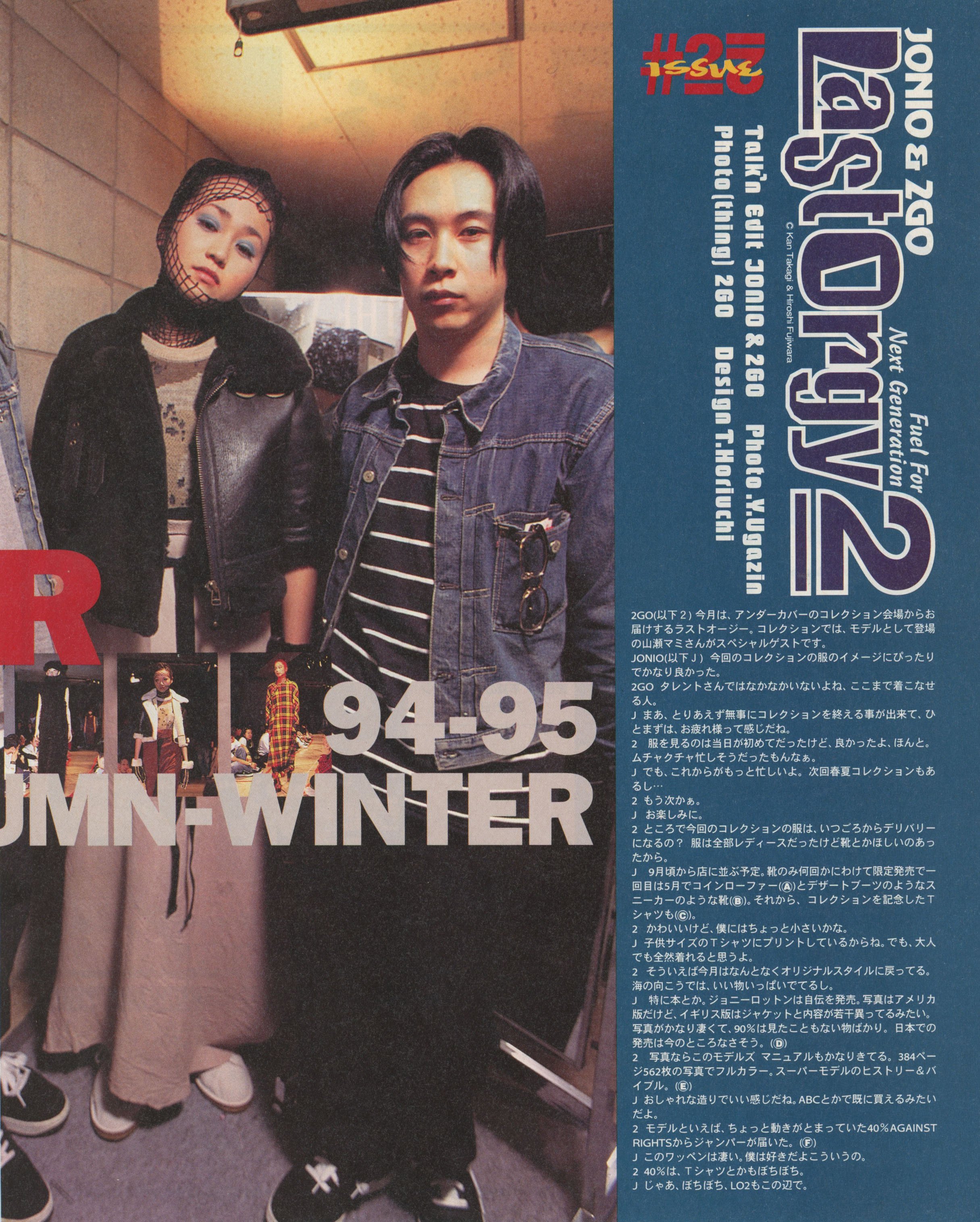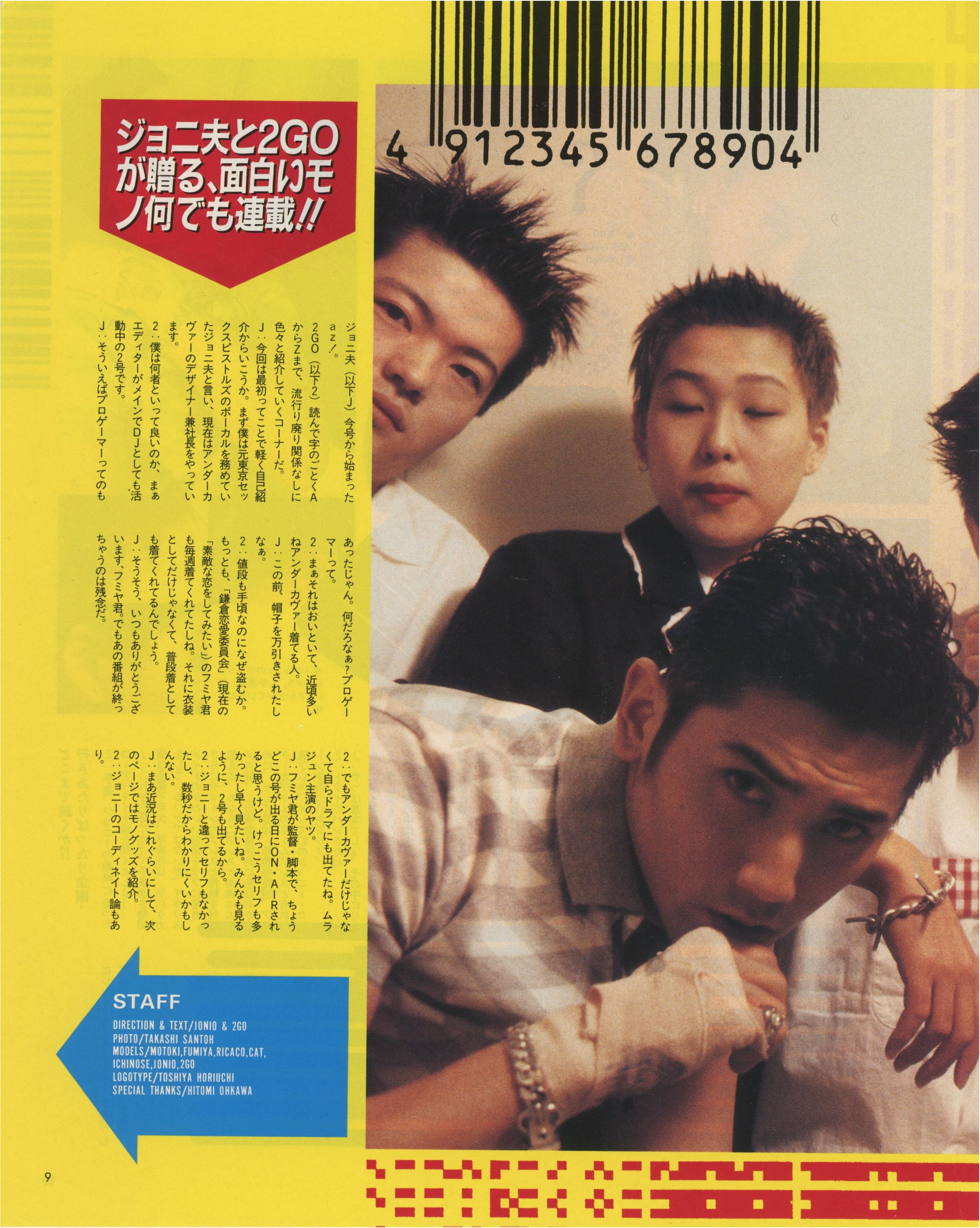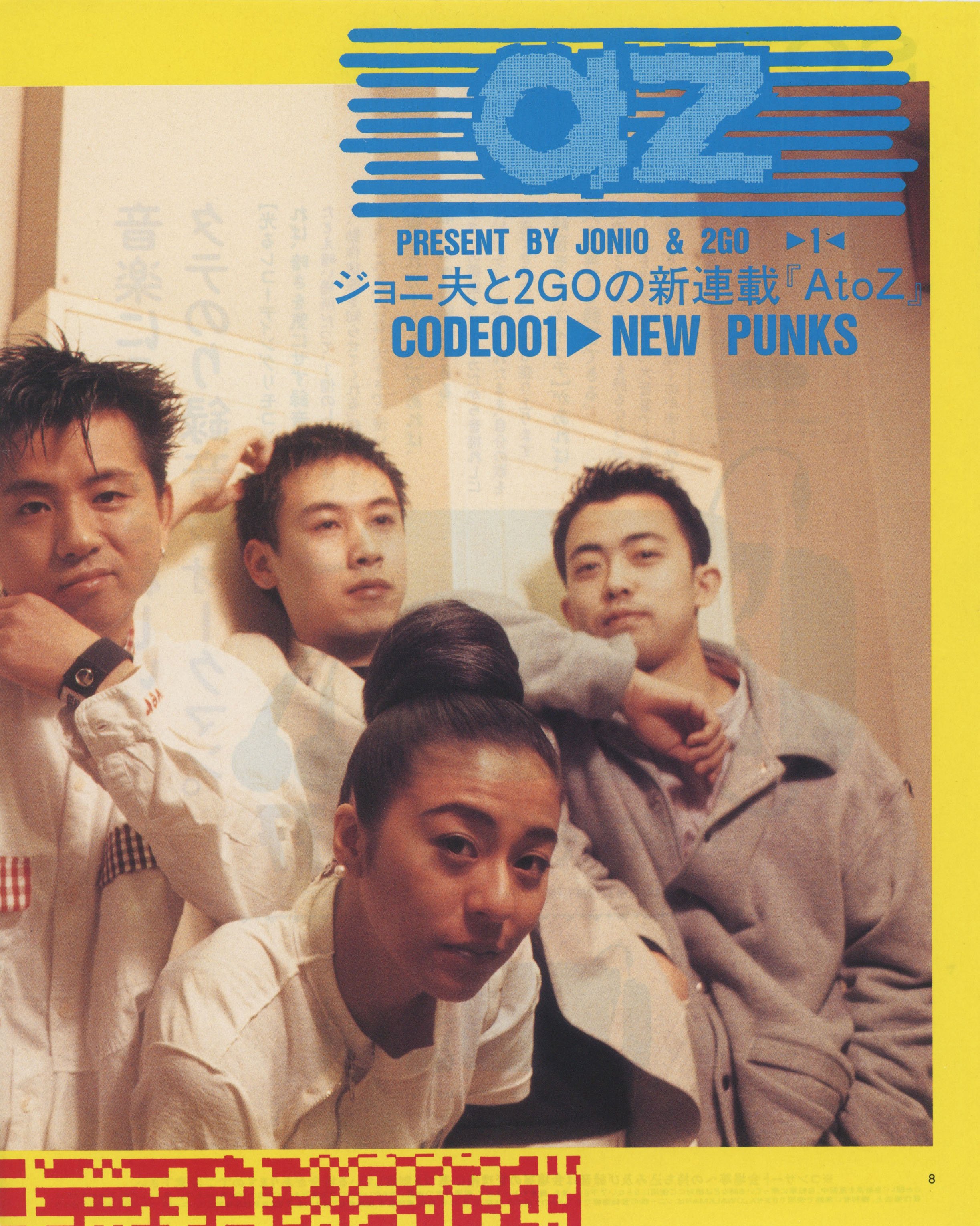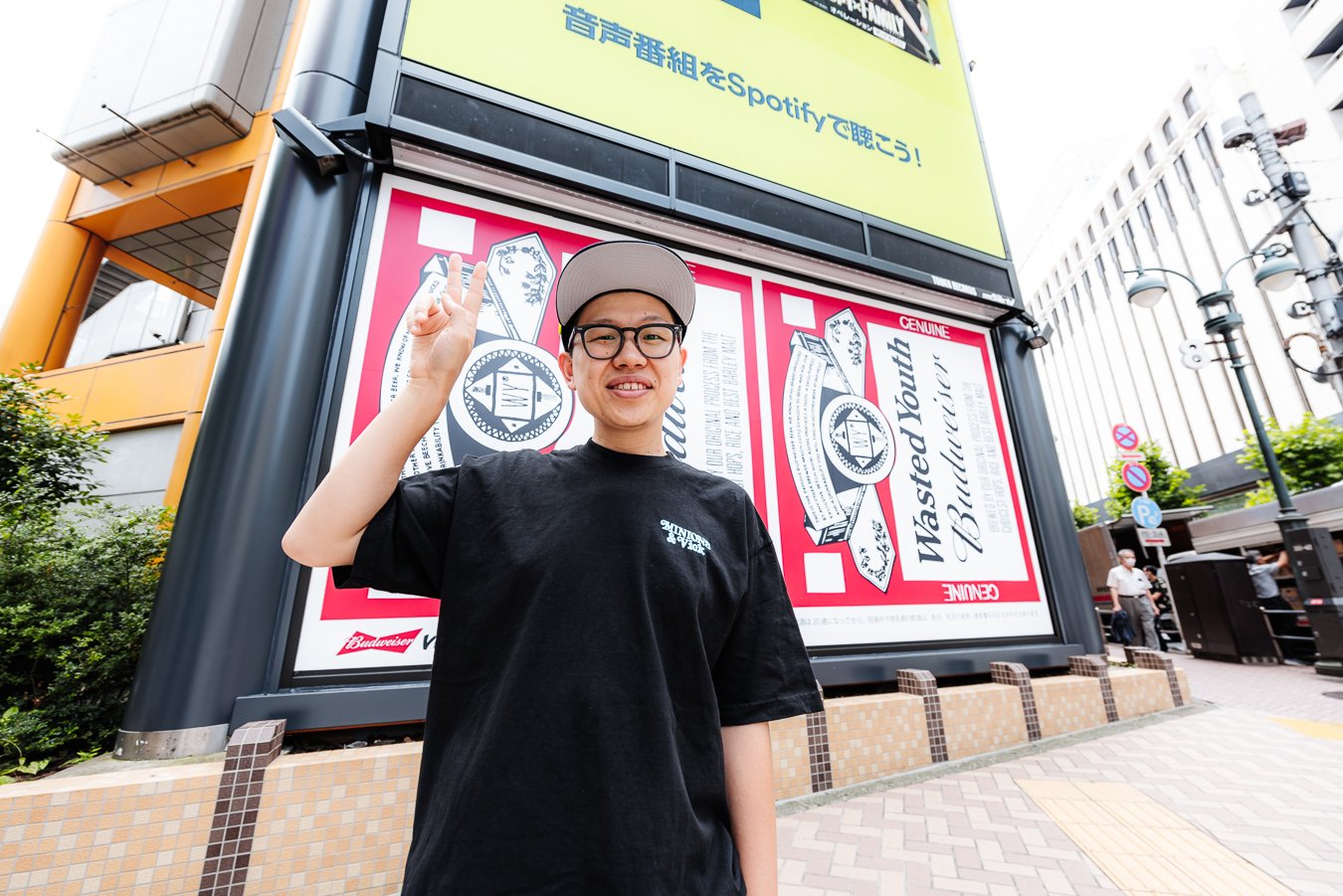God Save Jonio: The Punk Influences of UNDERCOVER

In the light of the recent revival of pop-punk music, punk brands and DIY clothes have been making a comeback, rubbing shoulders with slick and subtle minimalist high fashion. UNDERCOVER, a legendary Japanese brand, has been the epitome of these two opposing styles. Elegant but grunge silhouettes and striking political statements, UNDERCOVER has upgraded the game for both streetwear and high fashion. Jun “Jonio” Takahashi, the brain behind UNDERCOVER’s success, owes it mostly to his taste for punk culture.
UNDERCOVER started in 1990, while Jun Takahashi was still a student at the Bunka Fashion College in Tokyo. In 1993, with NIGO [2GO], fellow fashion designer best known for creating BAPE, they opened a small shop in the Urahara area named “NOWHERE”, a play on being “No Where” and “Now Here”, where they would sell their own creations and curated clothing.
Years back, when Takahashi was in middle school, he was initiated to the flourishing punk scene in the United-Kingdom and found himself fully absorbed in his fascination for the brand Vivienne Westwood and the iconic punk band Sex Pistols, so much that a few years later he started a copy band, “Tokyo Sex Pistols” with Hikaru of BOUNTY X HUNTER, and Katchin’ of DOG DAY AFTERNOON. NIGO was also said to drum when there was no drummer. Jonio became his new nickname, as Takahashi often took the position of Johnny Rotten from the Sex Pistols.
The brand Seditionaries by Vivienne Westwood and Malcom McLaren was also essential to the building of his artistic foundation. Somewhere during the mid 2000s, as tribute to this brand, Takahashi teamed up with Hiroshi Fujiwara to publish a collection of Seditionaries pieces. Take a look at the book here. This will set the tone for the main themes and inspiration sources for UNDERCOVER.
Nowadays, Jun Takahashi takes inspiration from his dark side, instead of trying to make comfortable and palatable clothing, staying loyal to UNDERCOVER’s motto “WE MAKE NOISE, NOT CLOTHES”. In addition, duality is an important concept for Takahashi. Meshing high fashion with punk culture, mixing elegance with grime, often alluding to the concept of “chaos vs balance” in his clothes [which he also has tattooed on his arms], symbolizing his need for imagination and destruction in order to create something never done before. UNDERCOVER is a brand that really hits home for him and he says that the brand will evolve with the flow, at his own pace and inspirations of that period.
The turning point for Jun Takahashi’s career was his first show during Paris Fashion Week in 2002. UNDERCOVER presented “SCAB” [SS2003], a standing ovation to a heightened version of crust punk, hence the title of the collection as “scab”.
Models in chrome, copper, off-whites, and visible stitching, topped off with buckles and belts and the classic punk spikes and studs, walked down the runway. Zippers and holes in dresses, cargo pants, and boy shorts flashed before the audience. This fashion show took inspiration from the political circumstances of that time. The big boom of the show was when models walked out in colorful burqas. What would be now a questionable decision was absolutely outstanding and never done before a few decades ago. This was to call out the events surrounding 9/11 and the concerned authorities, and Jun Takahashi was pushing big political statements through his clothes.
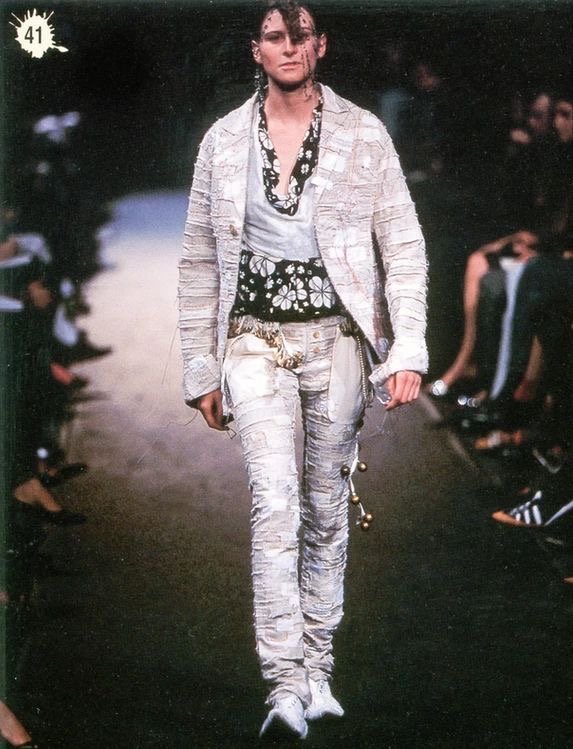
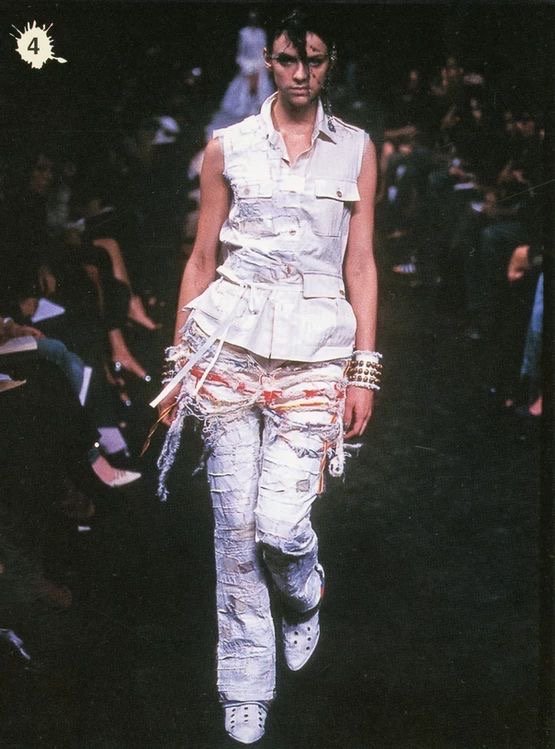

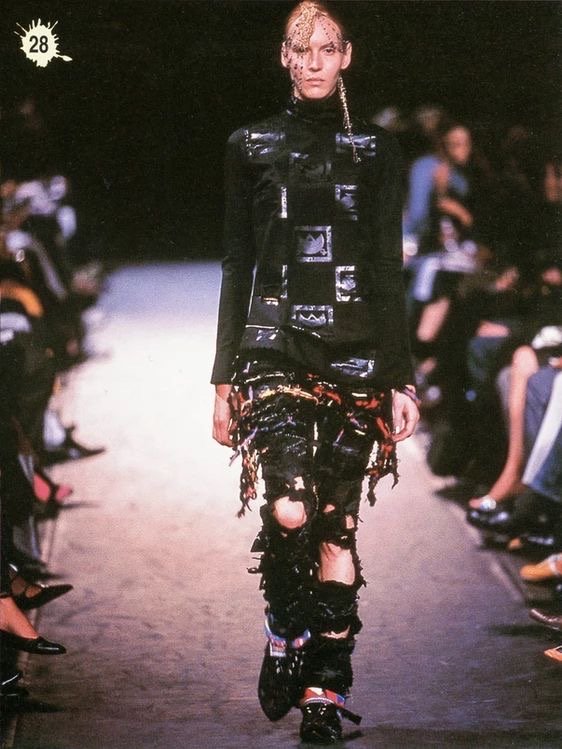
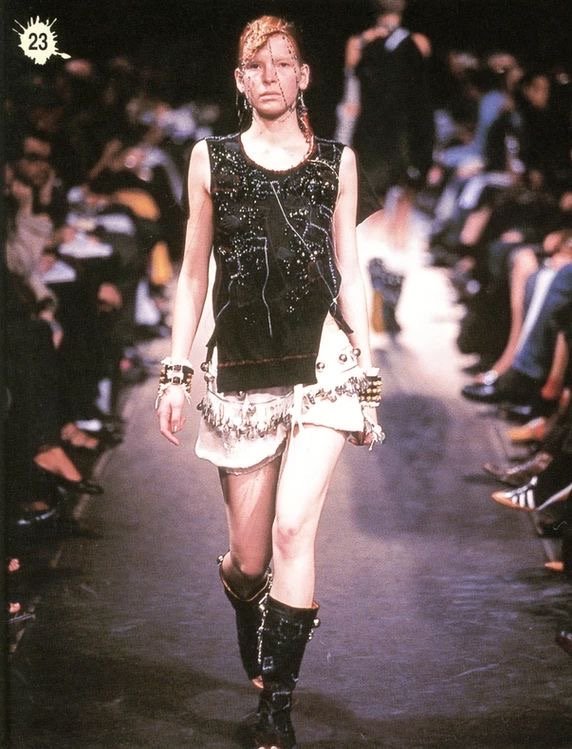
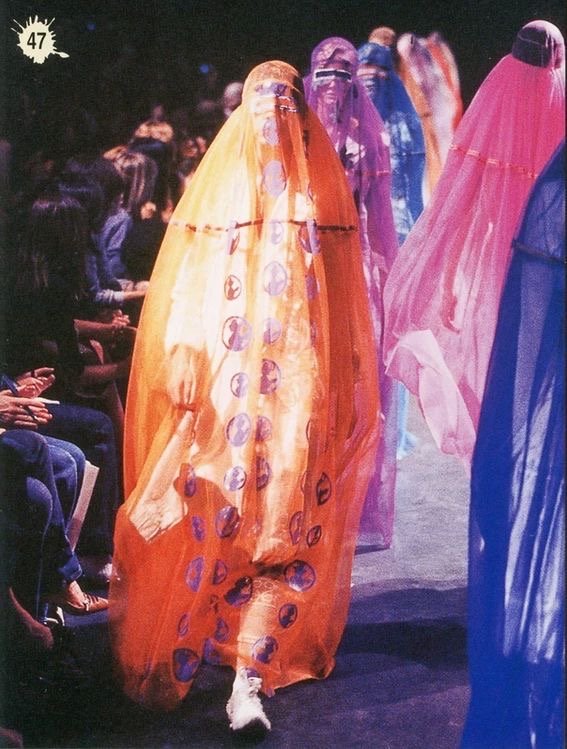
Since then, he’s been like a protégé of Rei Kawabuto, designer of Comme des Garçons, who then said that Takashi was the “only one with courage”. Politics was not a thing that the UNDERCOVER designer feared away from. Additionally, during a previous season, Takahashi came up with the slogans of “GFU” or “GFY” for his collection “Teaser” [SS2000], short for “Generation Fuck You”, as a way to denounce the economical downgrade in Japan after the economic boom that the generation prior thrived through. Supreme also used this slogan in their collaboration in 2016.
More recently, his collection “Brainwashed Generation” [AW2017] was anti-media and called out the effects of social media, specifically the generation affected by it. Calling out the kind of control that the social media CEO and tech teams have, since practically no one is immune to the algorithm’s grasp, through clothes was a first for punk fashion. The feeling of riot that arises with these collections really hit the bullseye of punk culture.
Many brands in the past few years have been under fire for culturally appropriating punk culture. This would result in watered-down, misrepresented political statements and overall deriving far from anti-capitalist feelings. However, UNDERCOVER has been applauded by critics many times for mixing elegance, politics, and the chaos of punk fashion. Jun Takahashi, being one of the designers to truly show appreciation for punk culture and representing it in his brand, found ways to modernize it and merge it with streetwear and haute couture simultaneously.
Punk is for the people, for rebels with anti-imperialist, anti-war, anti-capitalist, and anarchist sentiments, and, boiling with rage and passion and a desire to be shocking, is not meant to be polished and put on display like a golden trophy, rather it’s meant to be worn until it is tearing at the seams and to provoke a change in society.
Actually, designers of high fashion making clothes for the elite are essentially the archnemesis of traditional punk ideology, so it is difficult to pay tribute to it without derailing completely. However, Takahashi never fails to find the perfect middle ground between anarchy and high fashion.
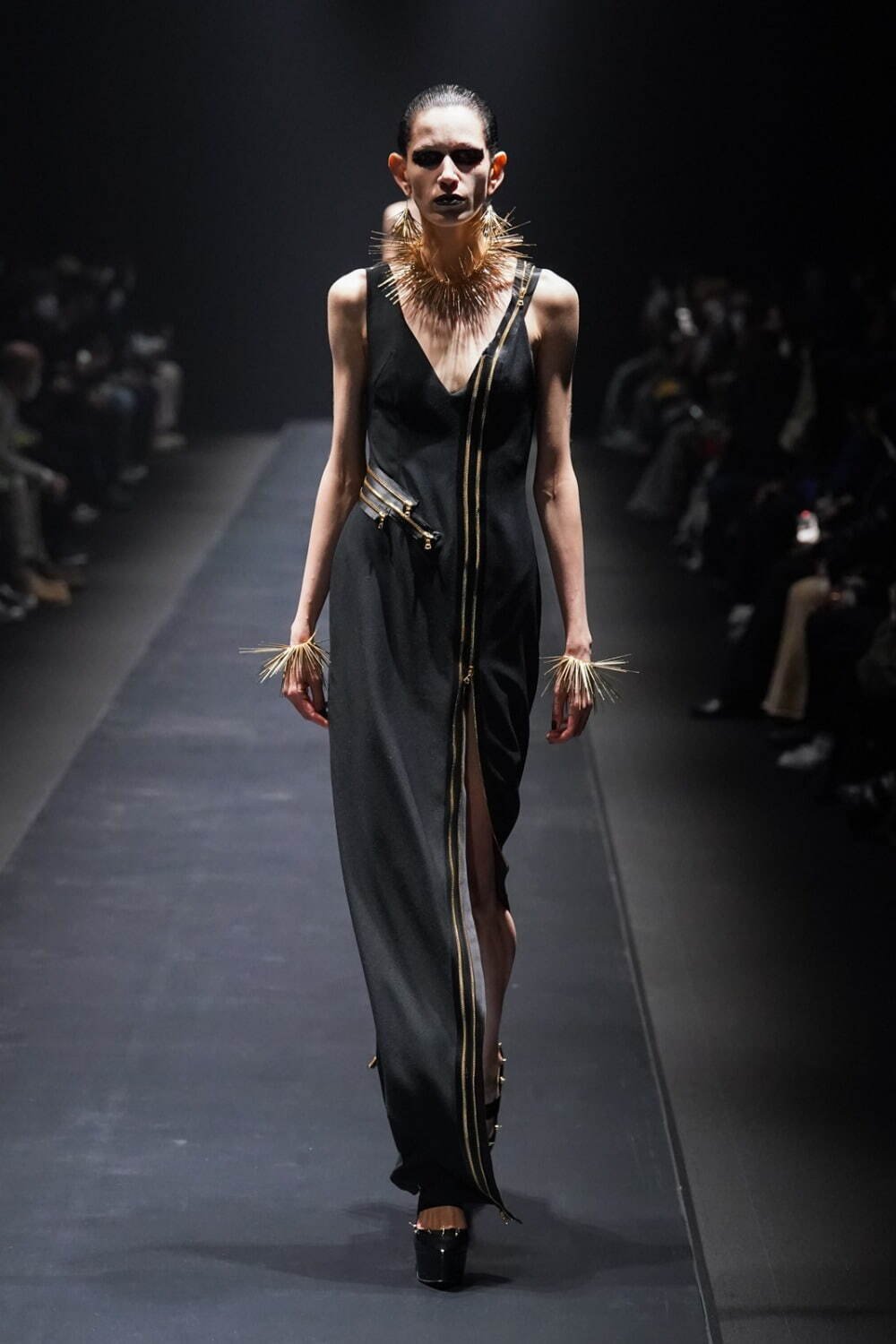
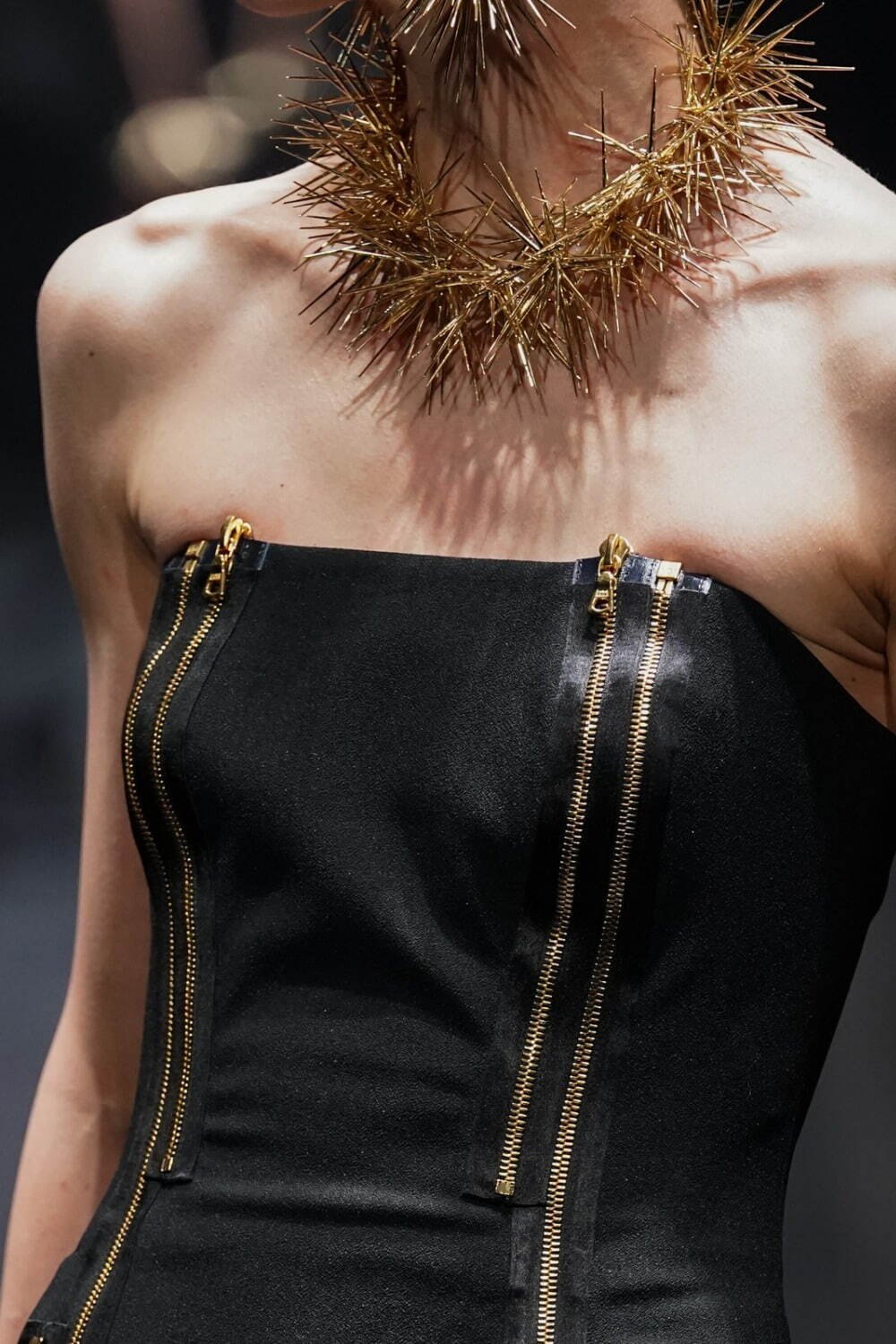
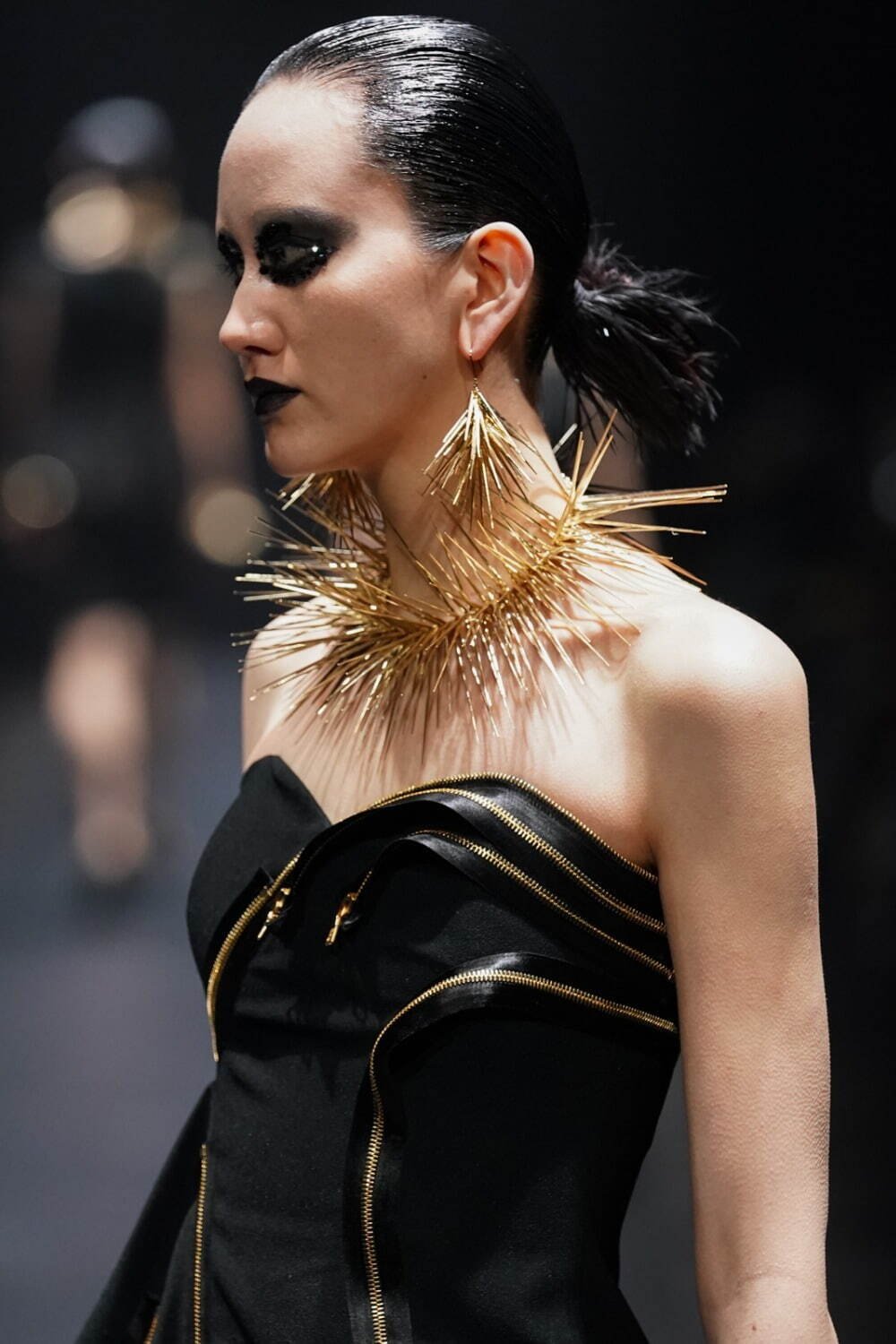

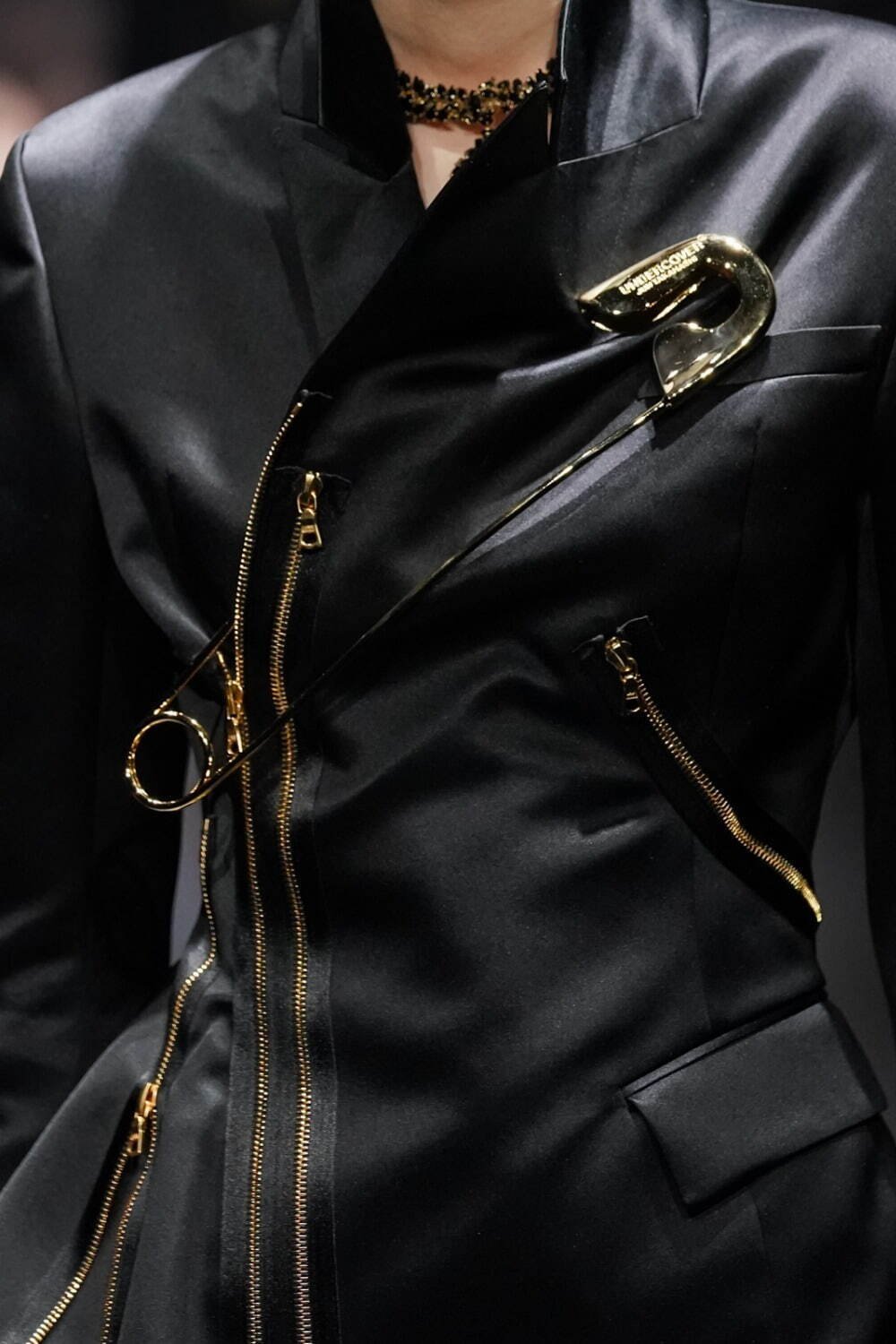
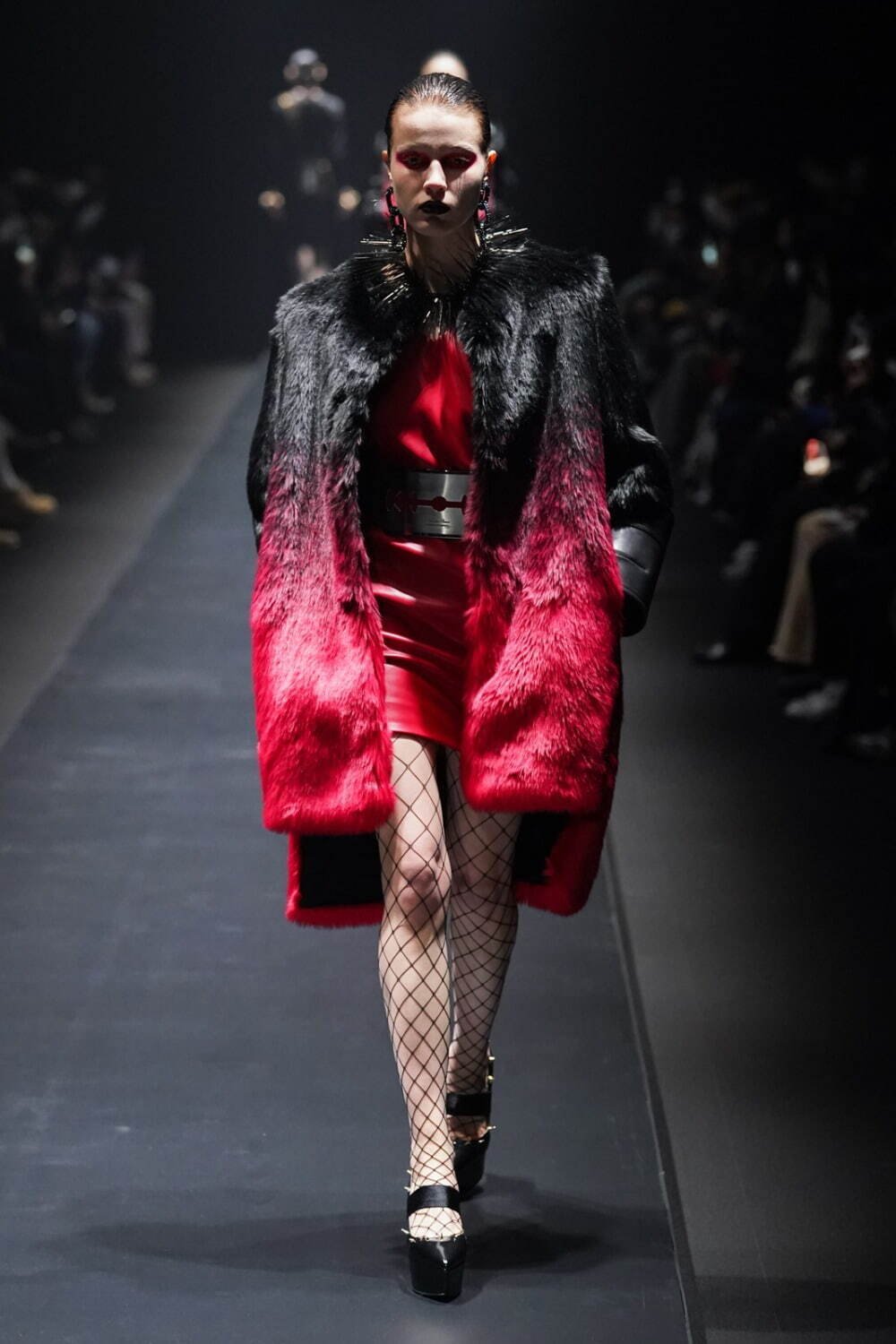
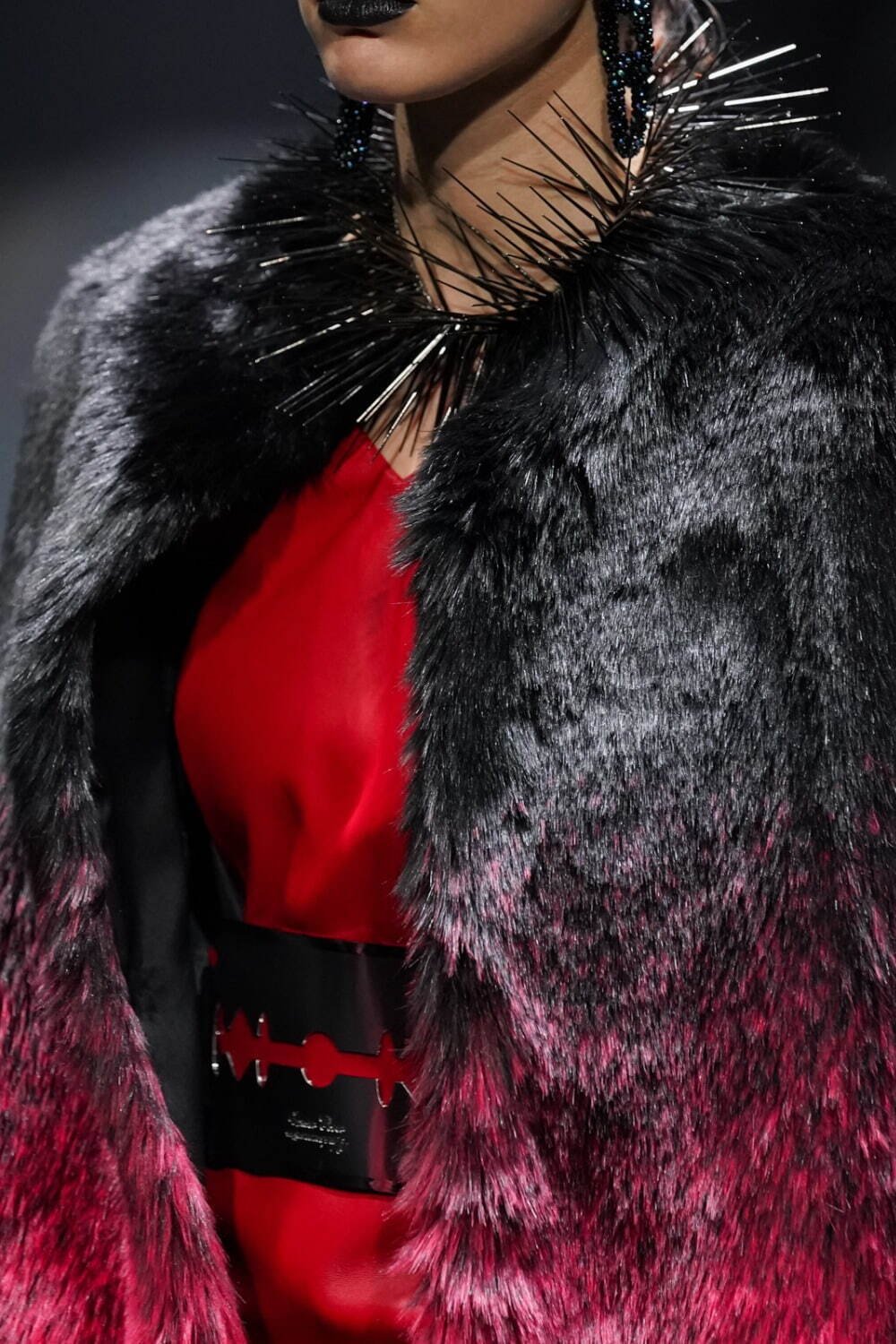
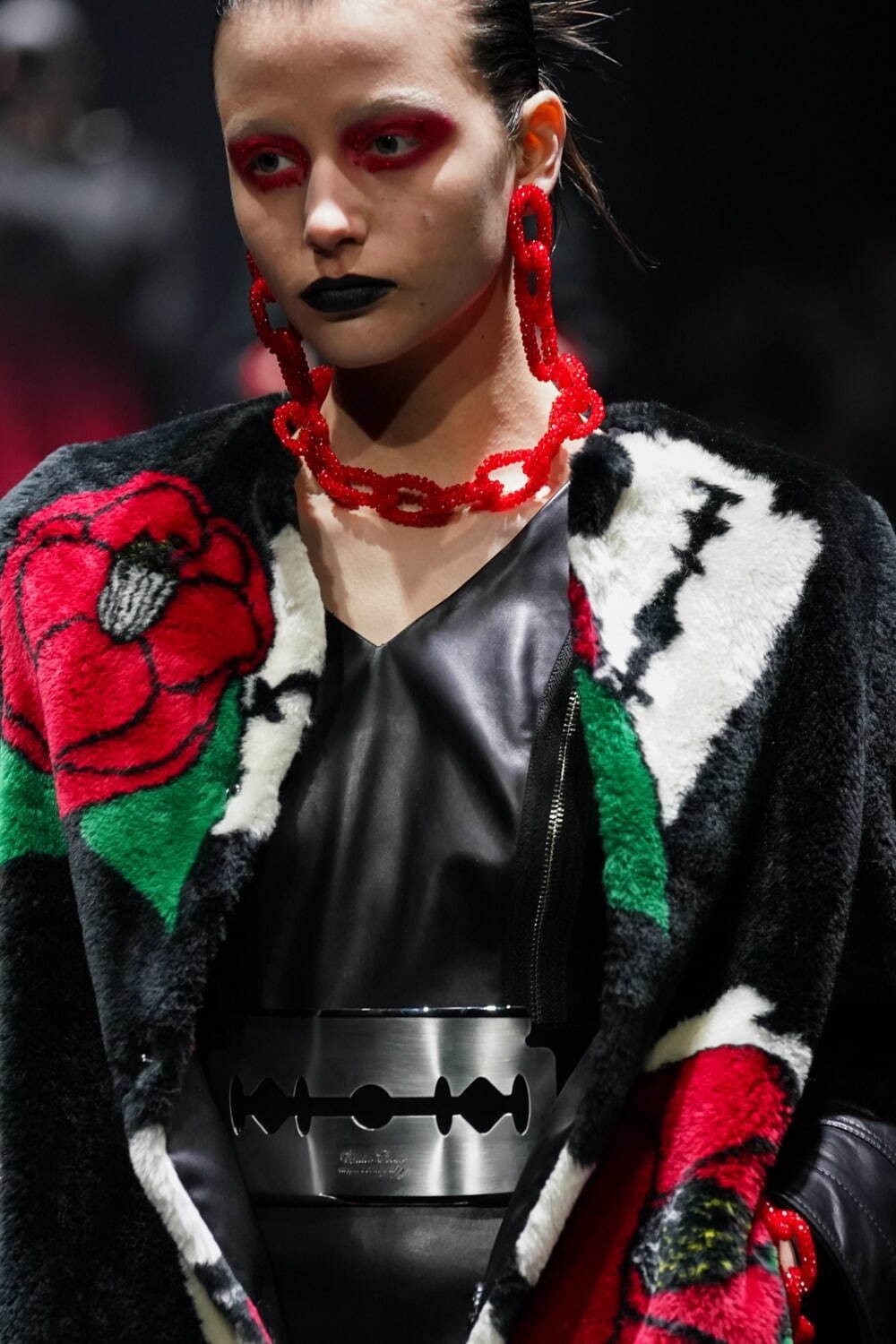
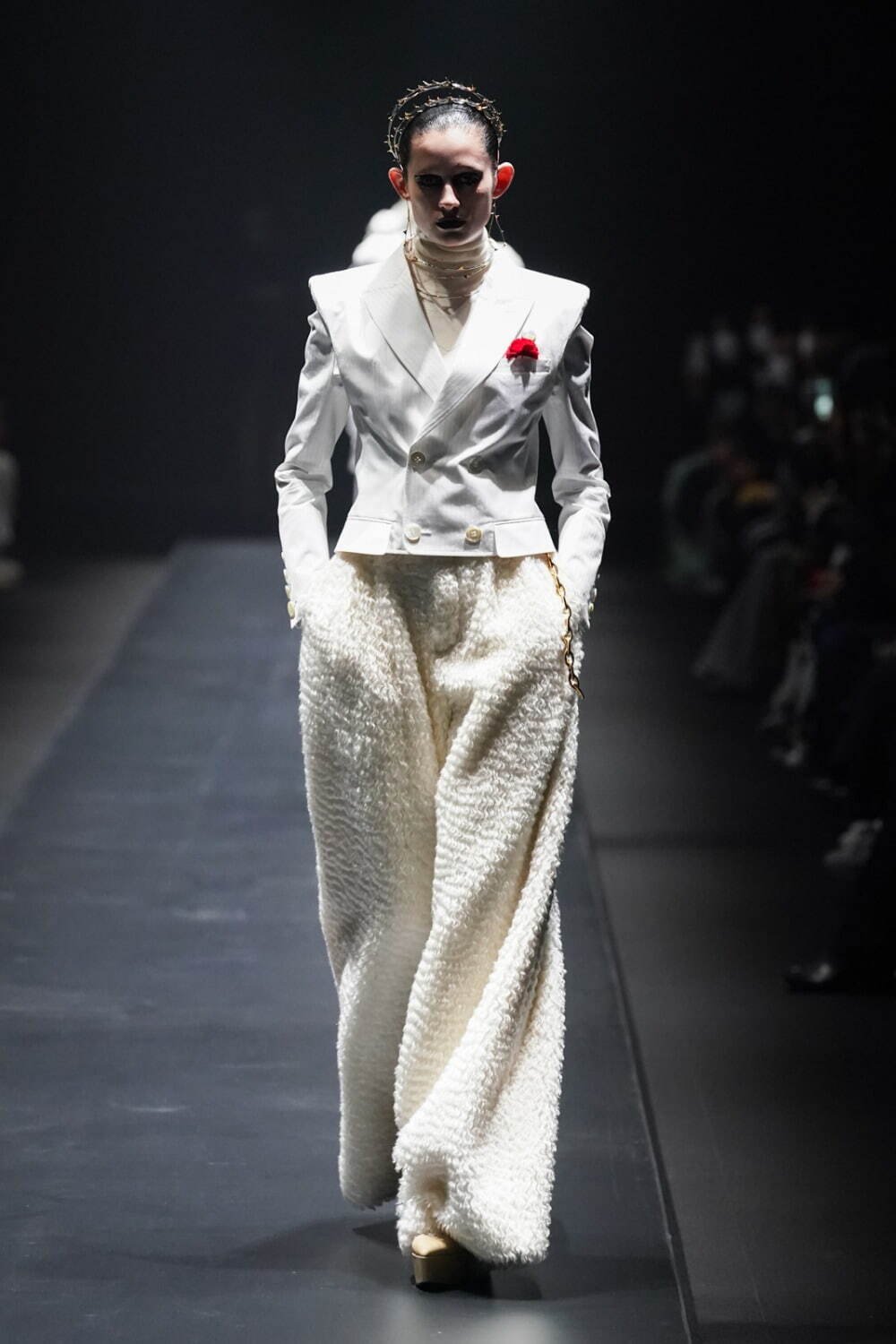
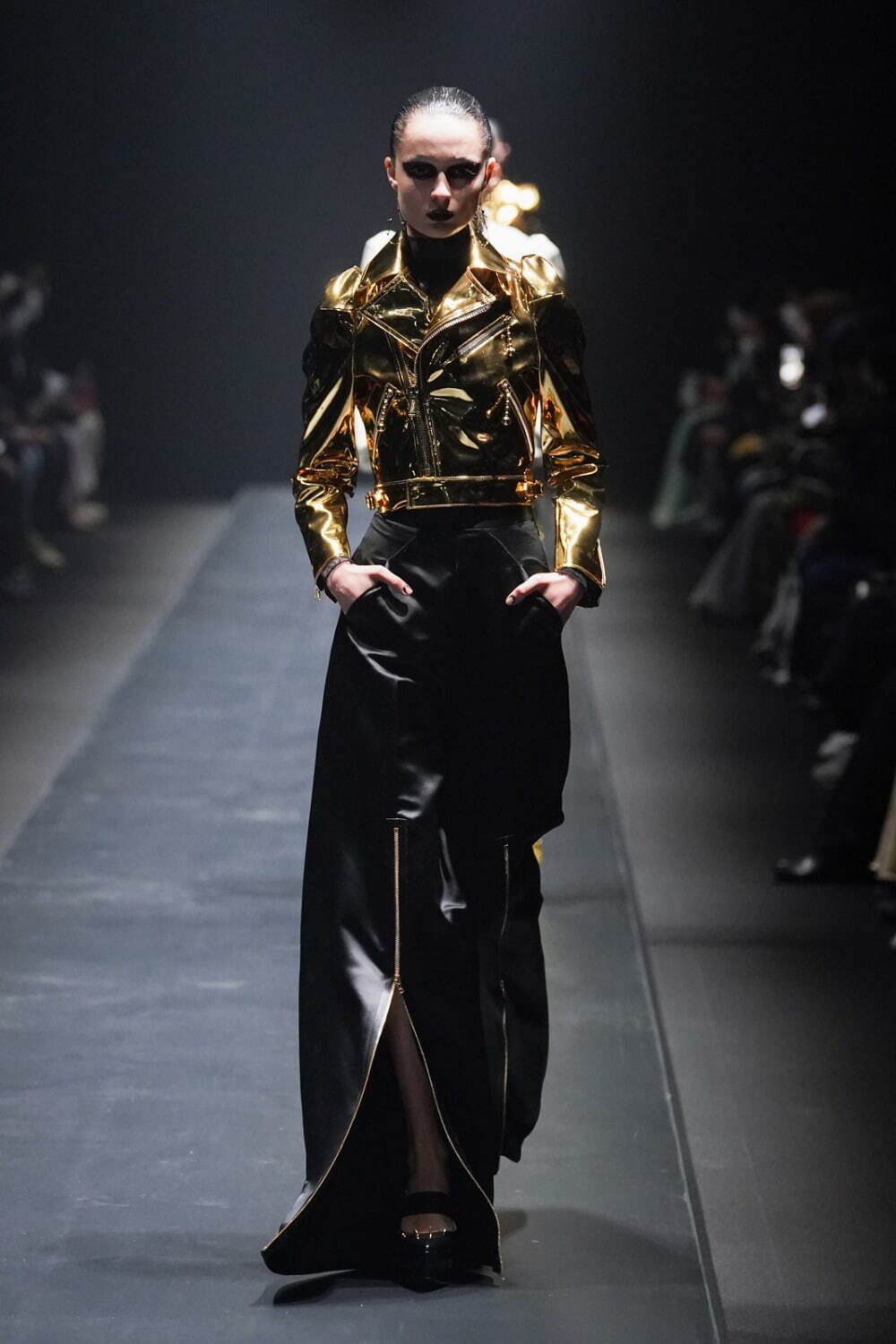
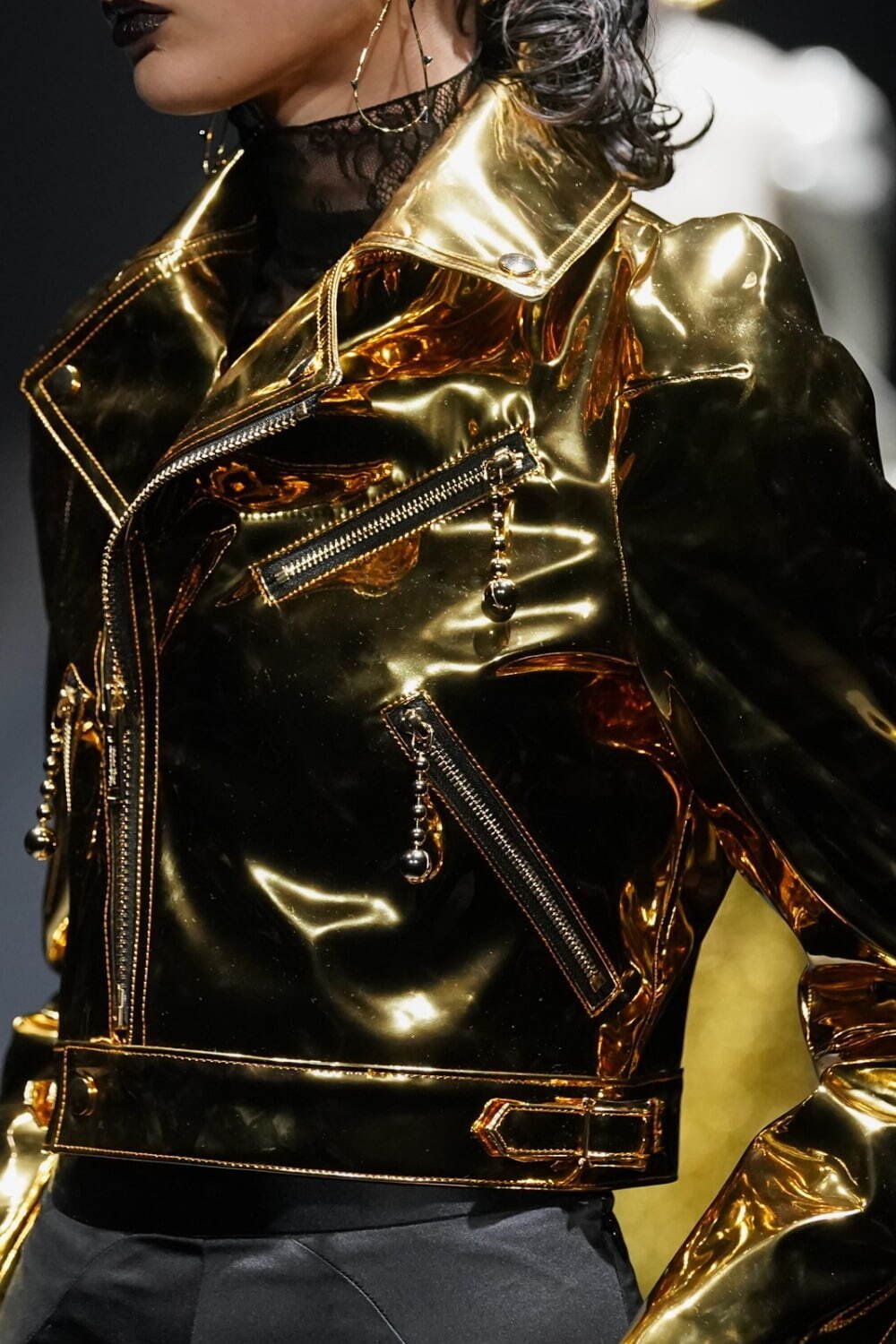
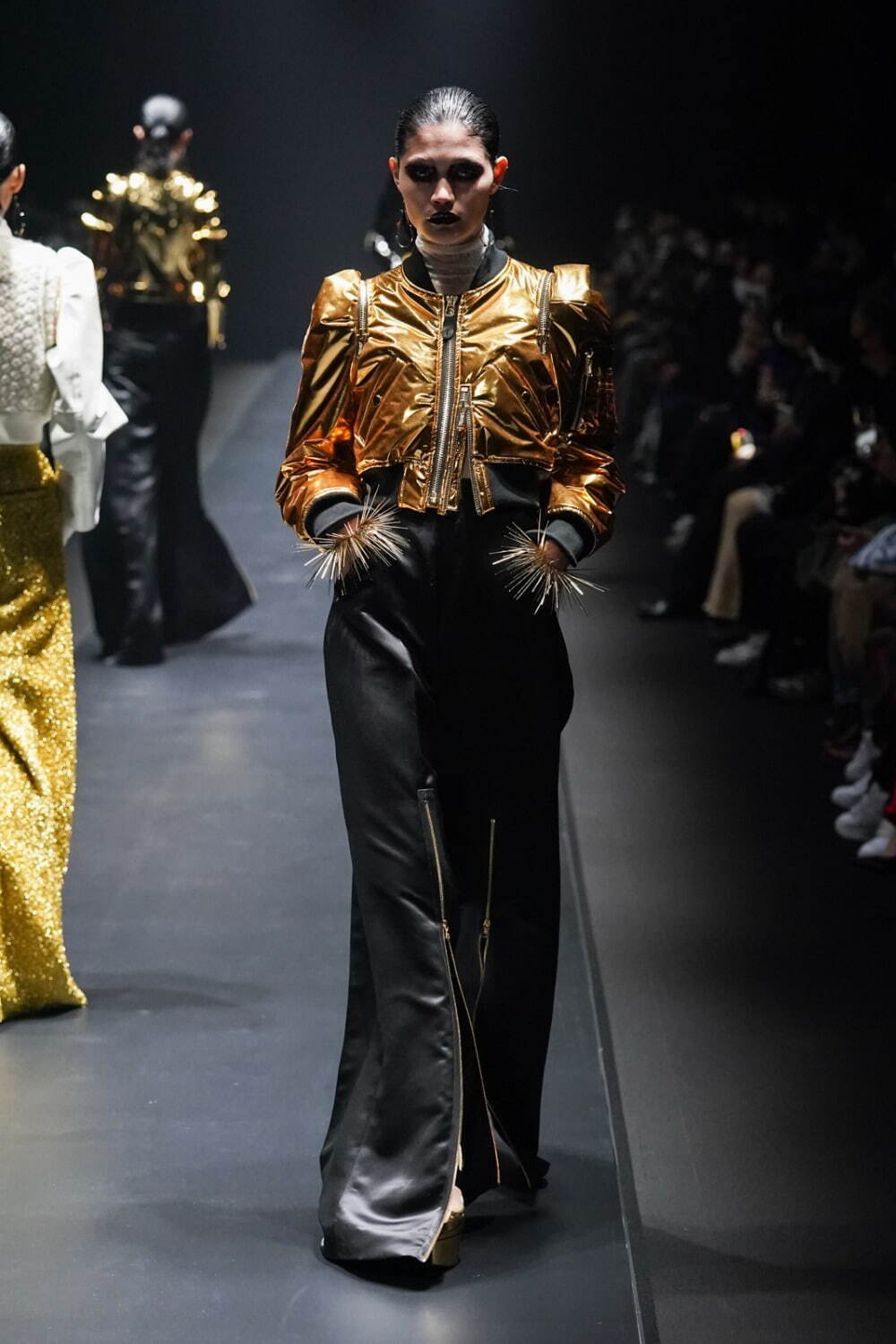
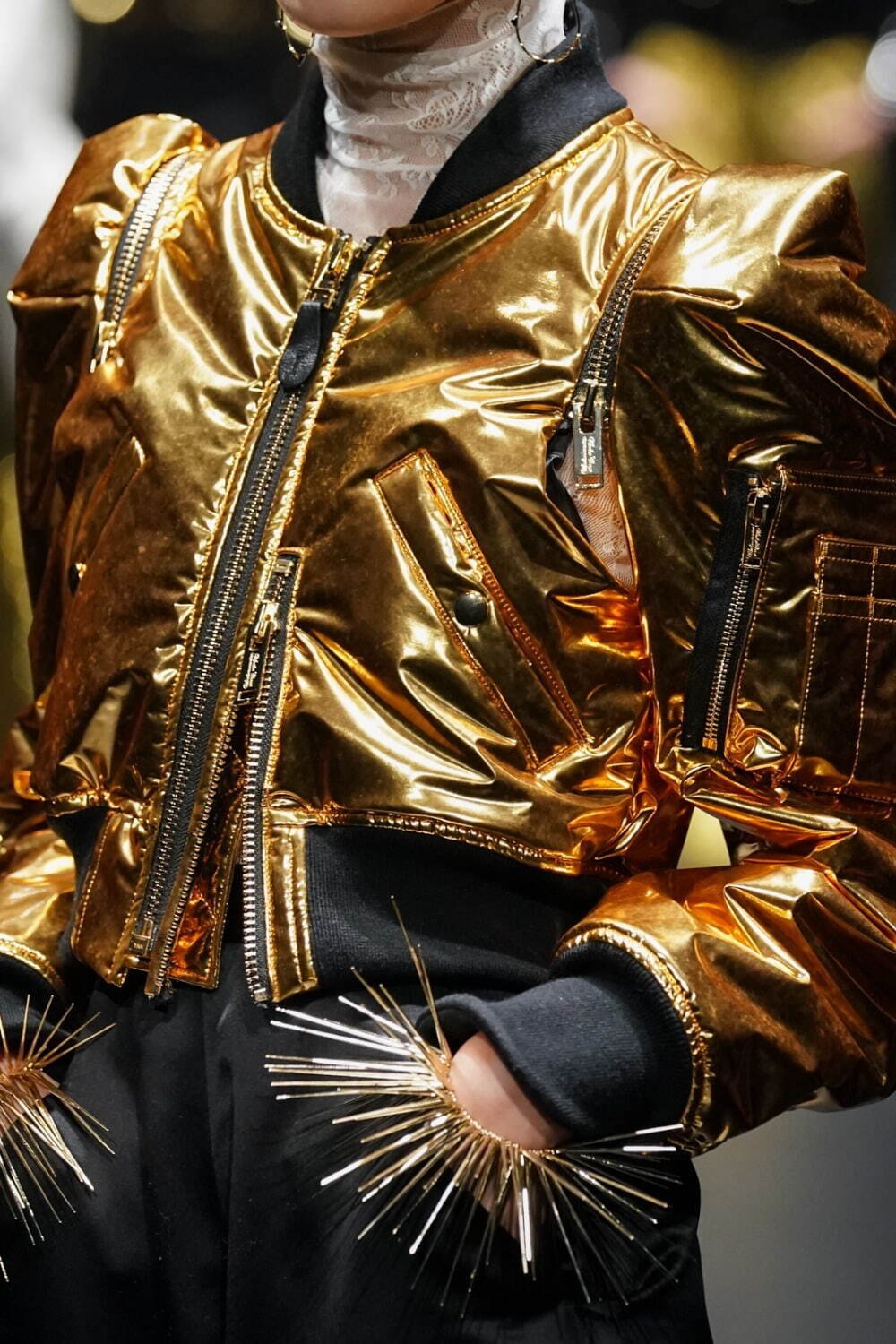
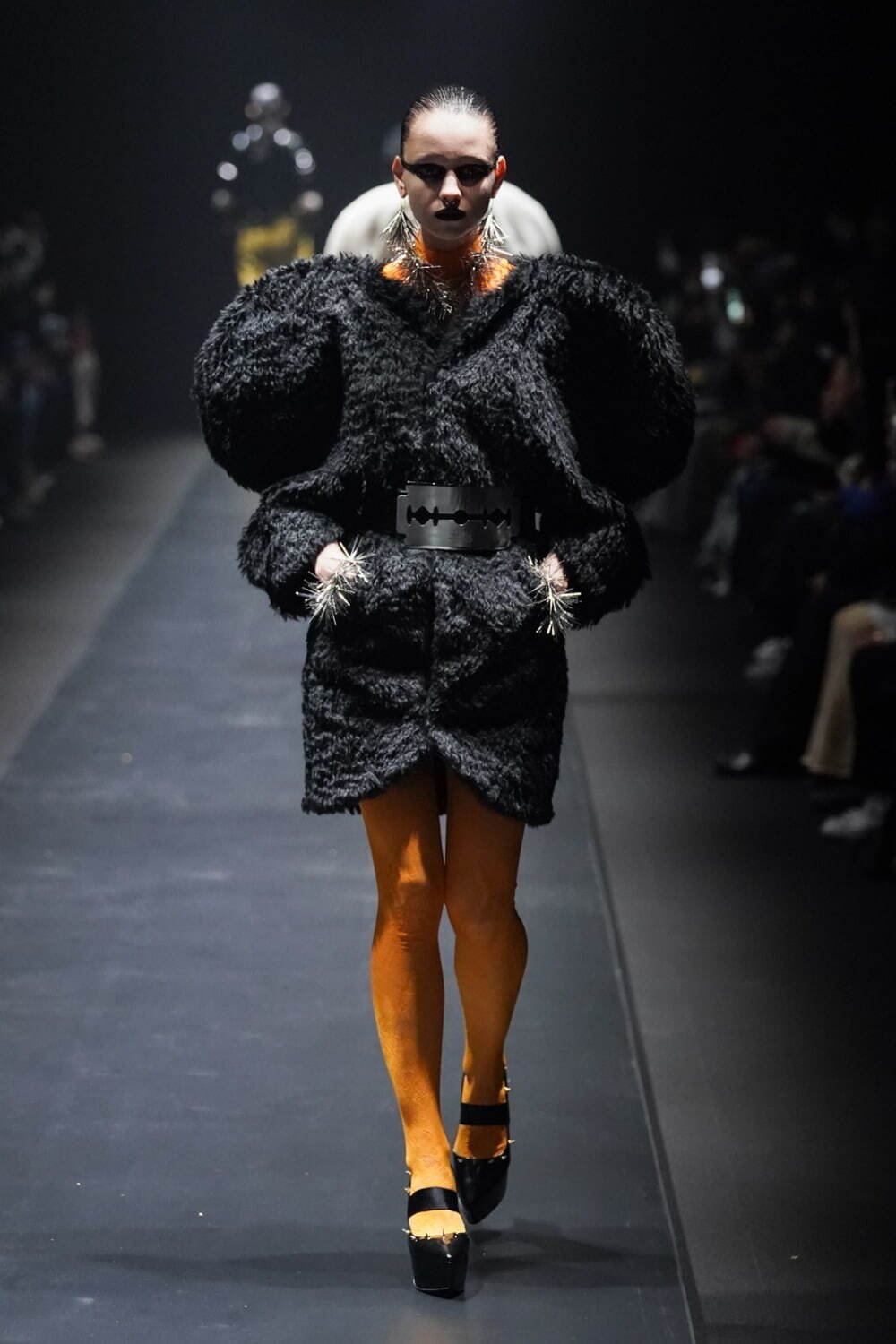
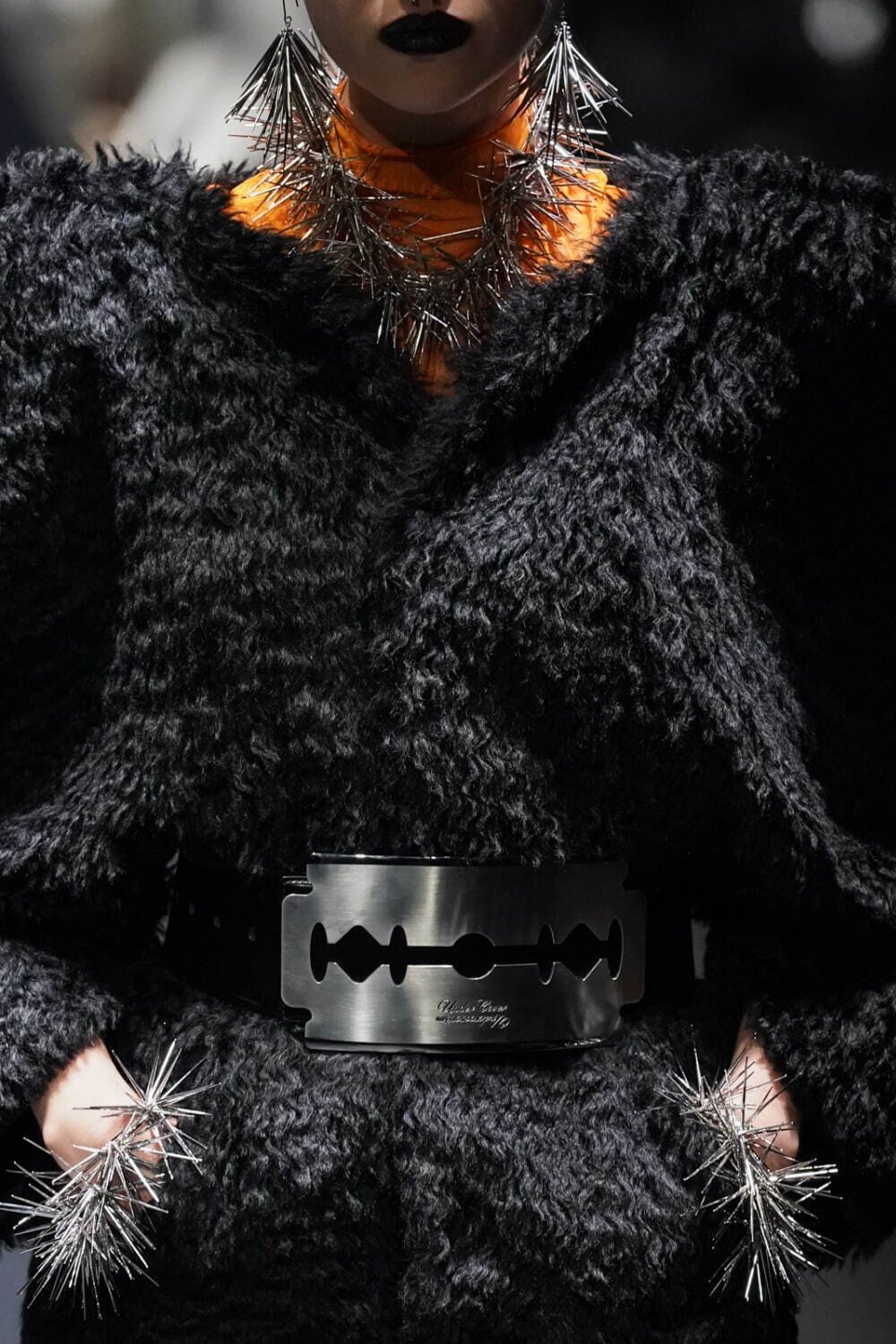
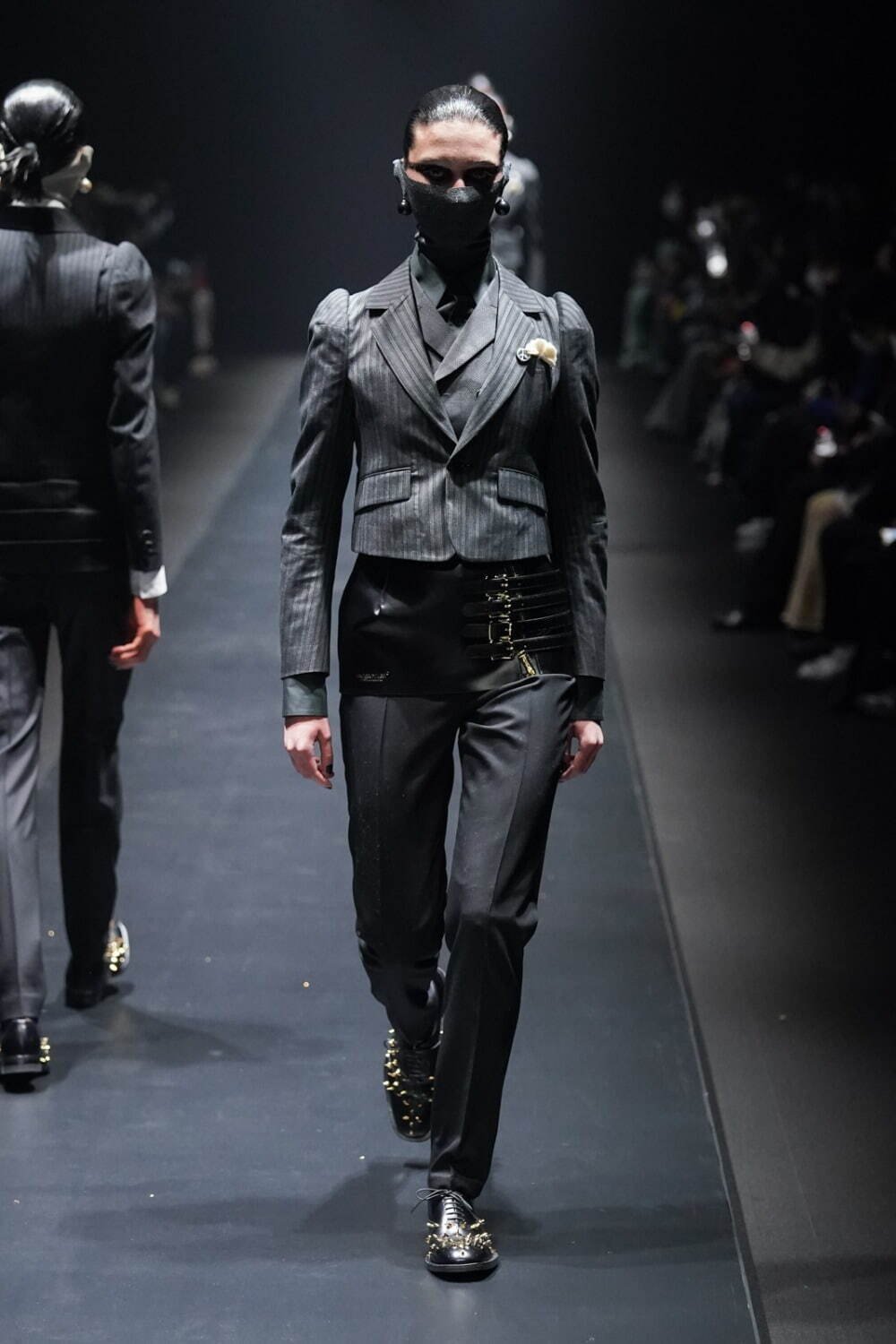
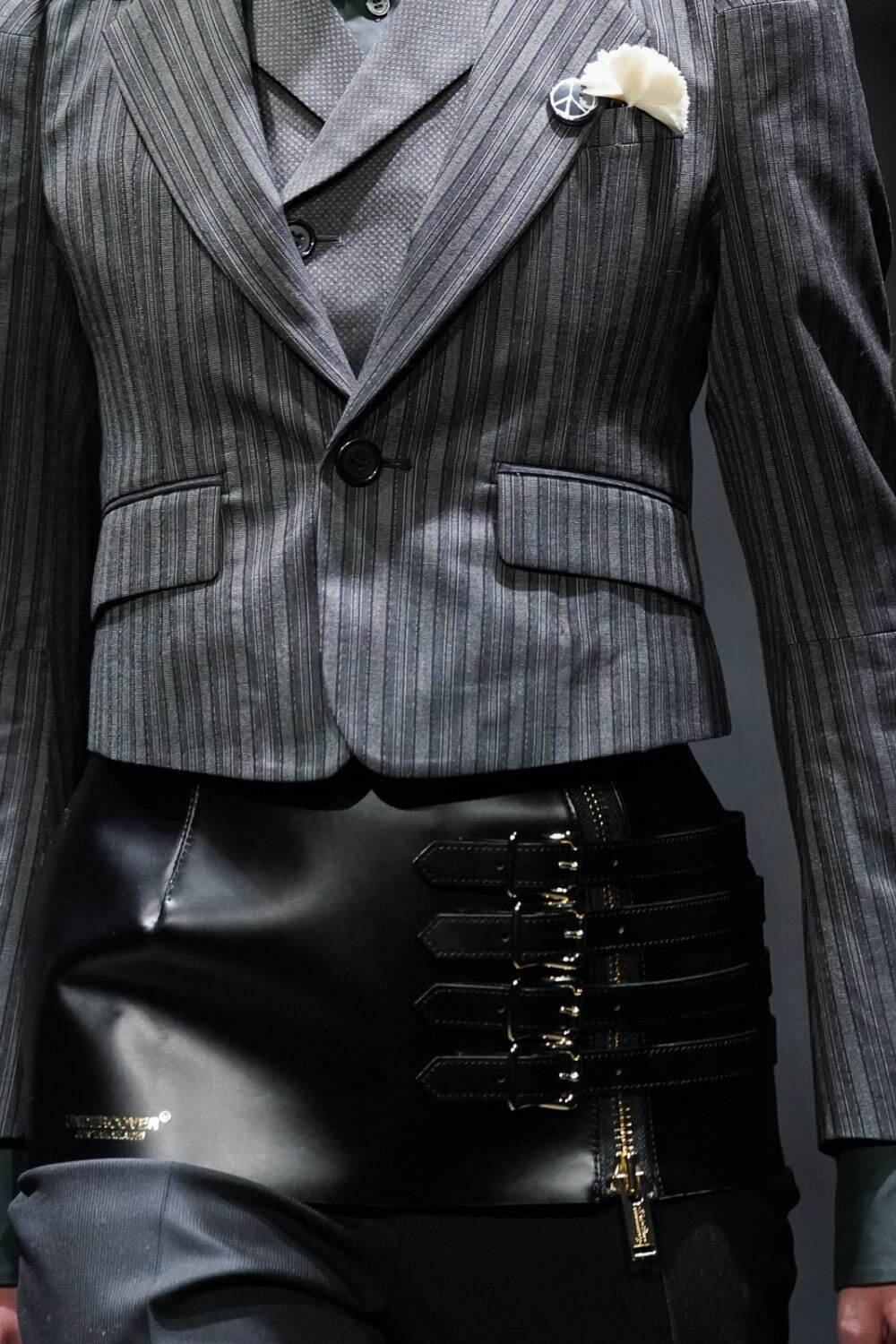

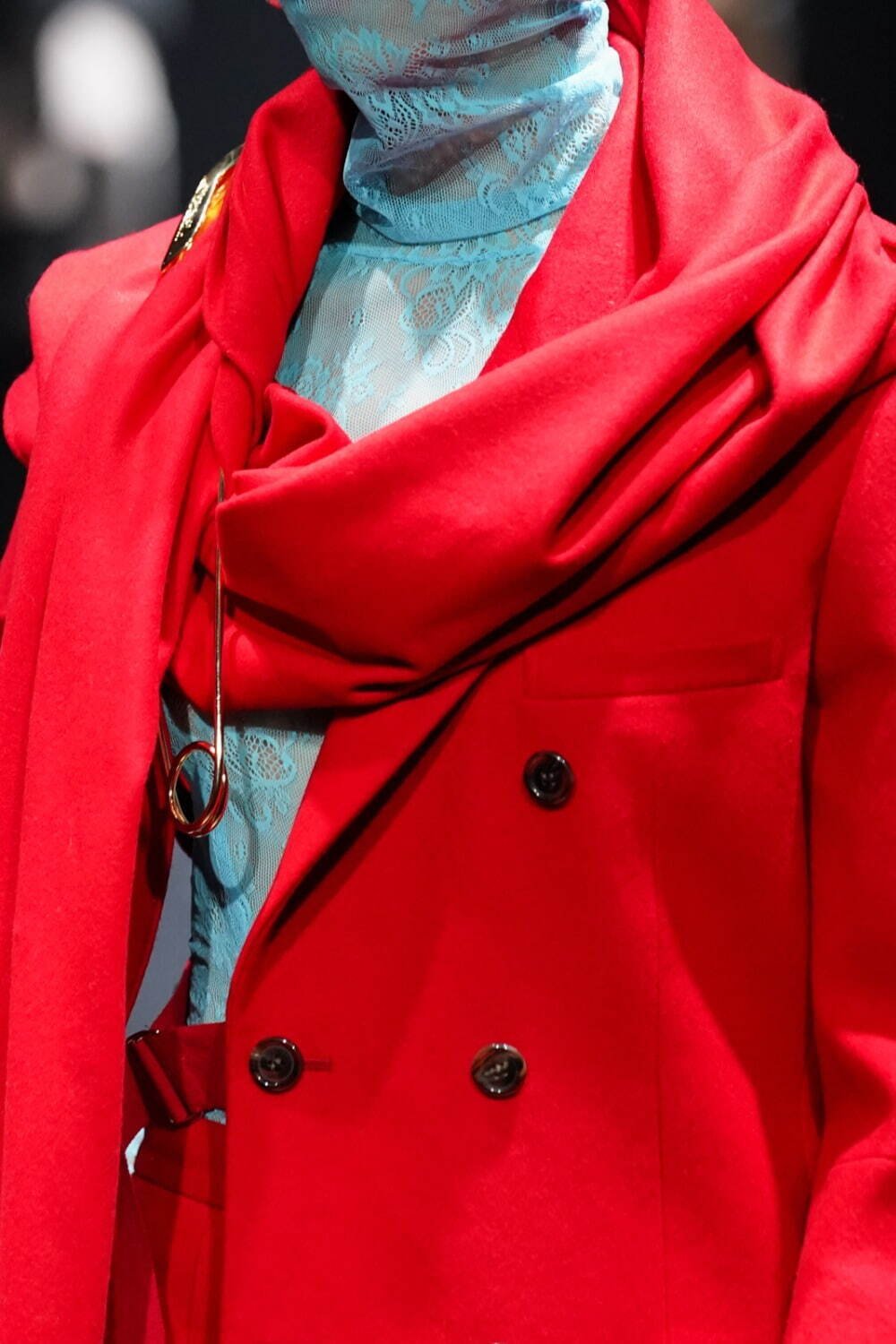
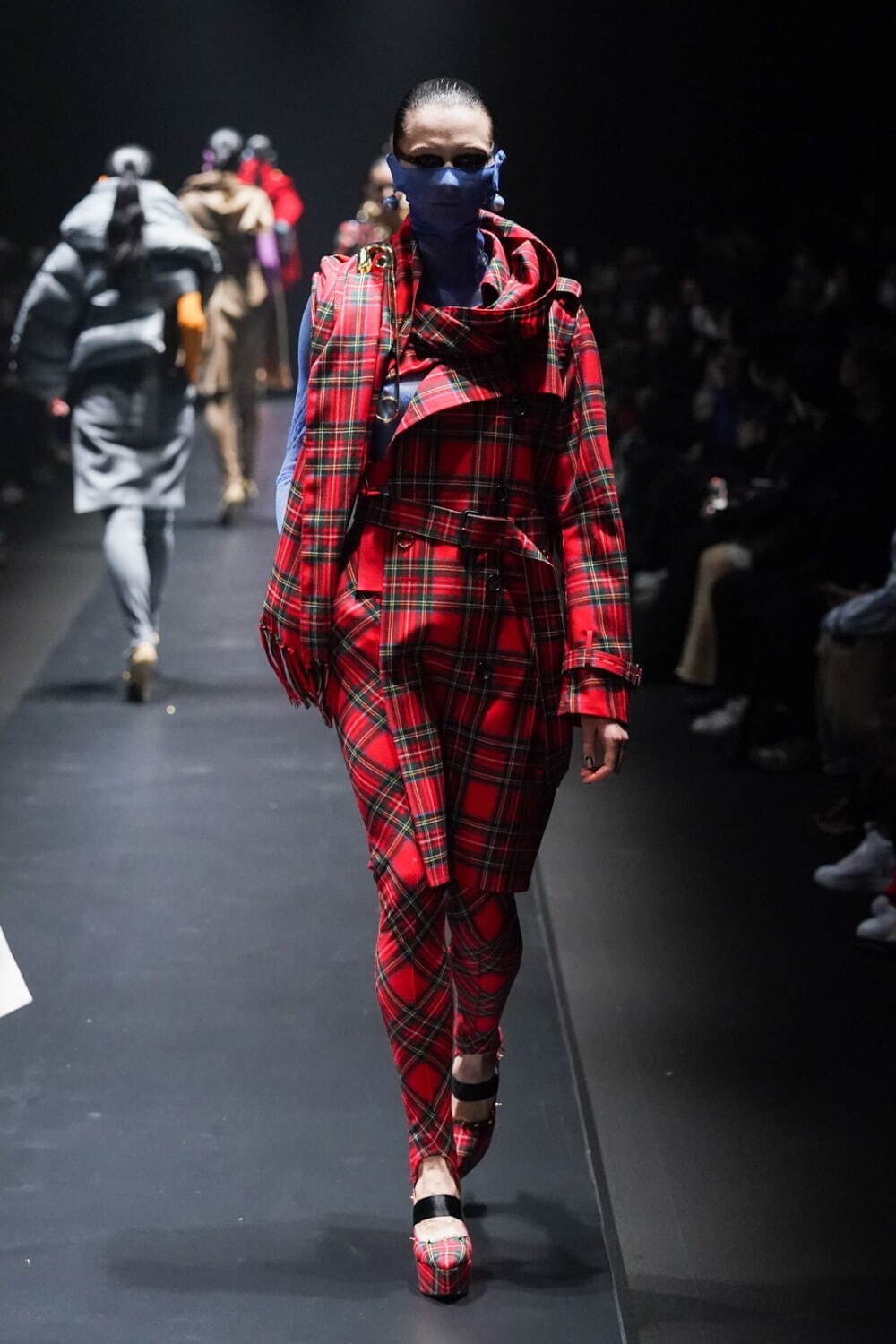
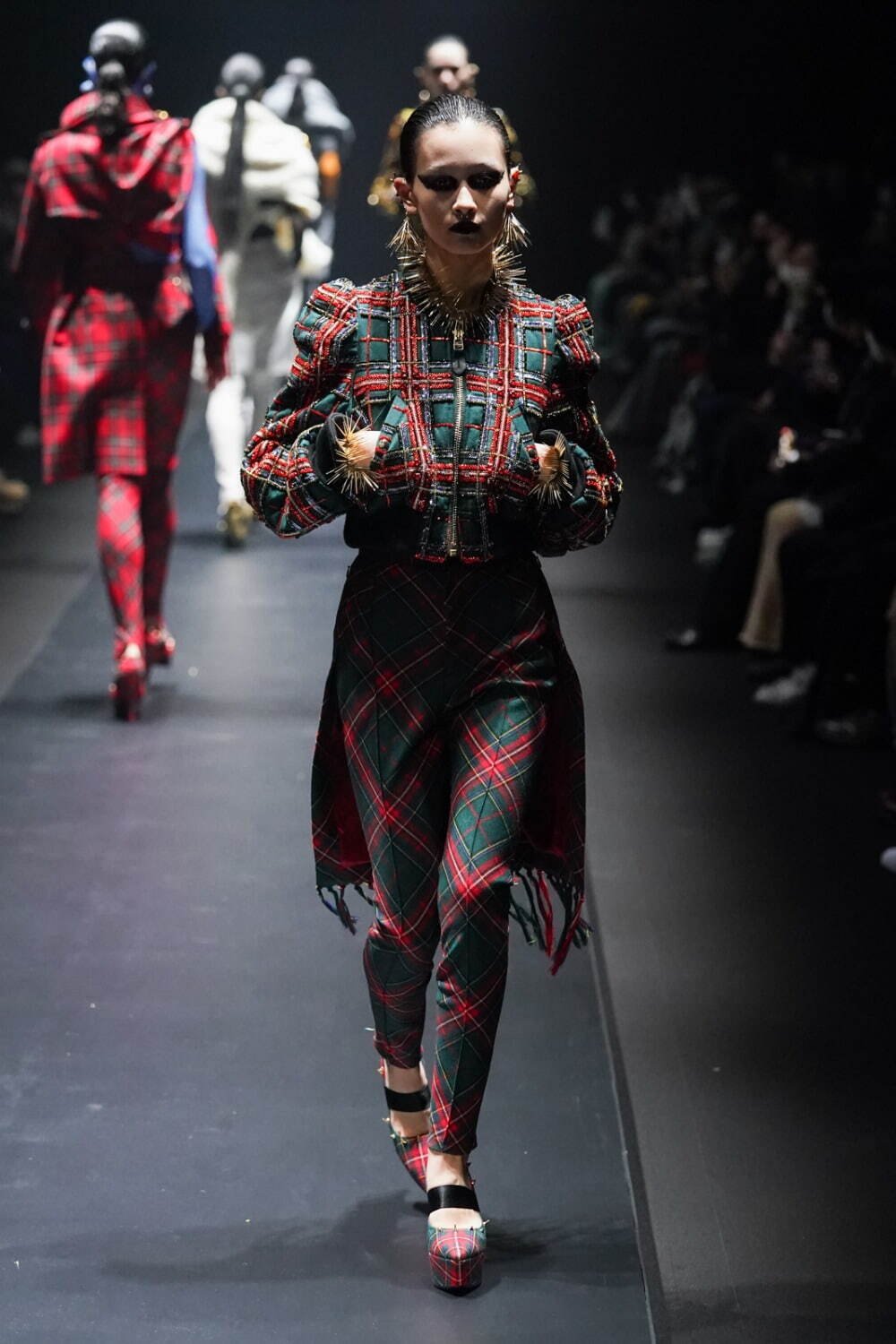
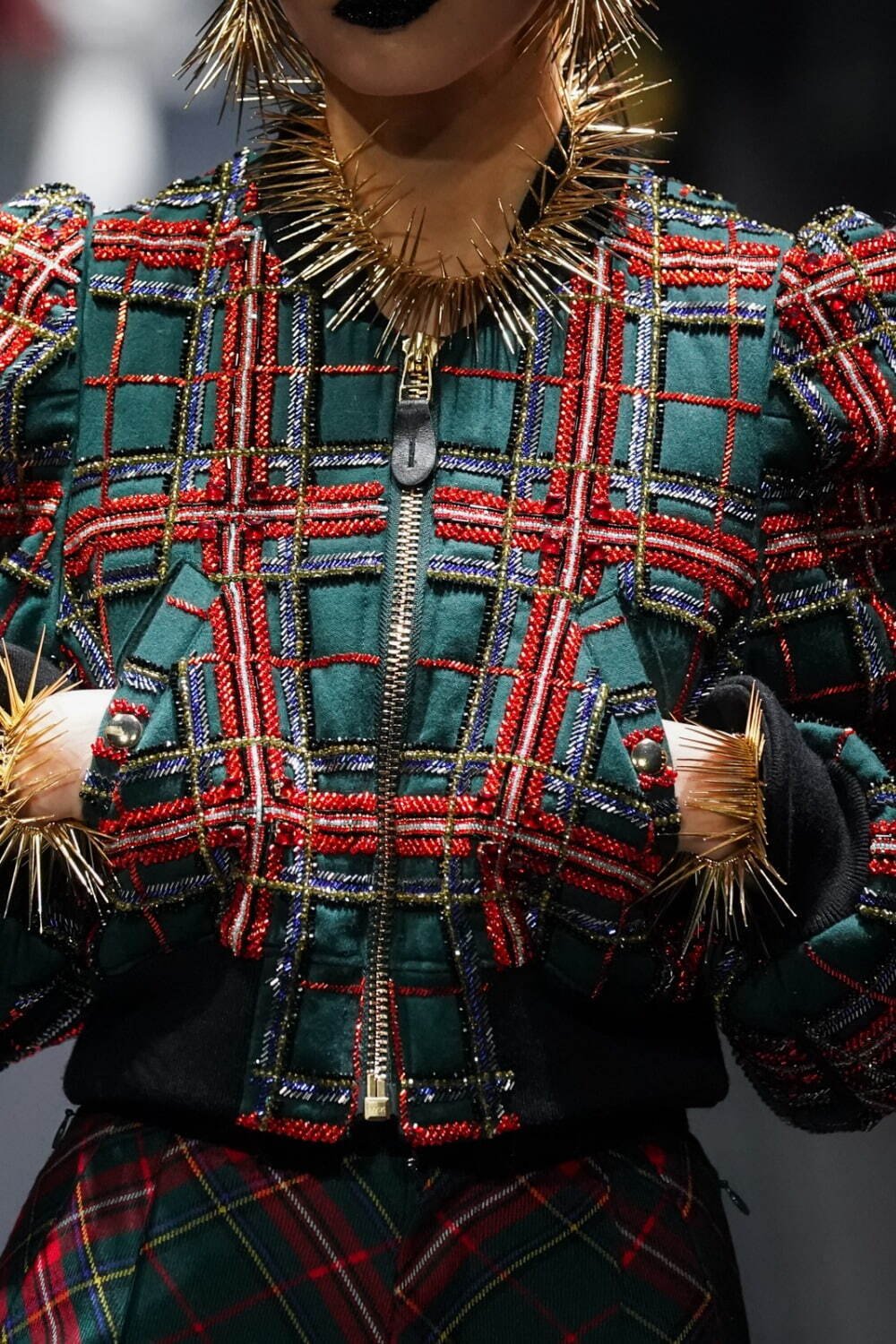
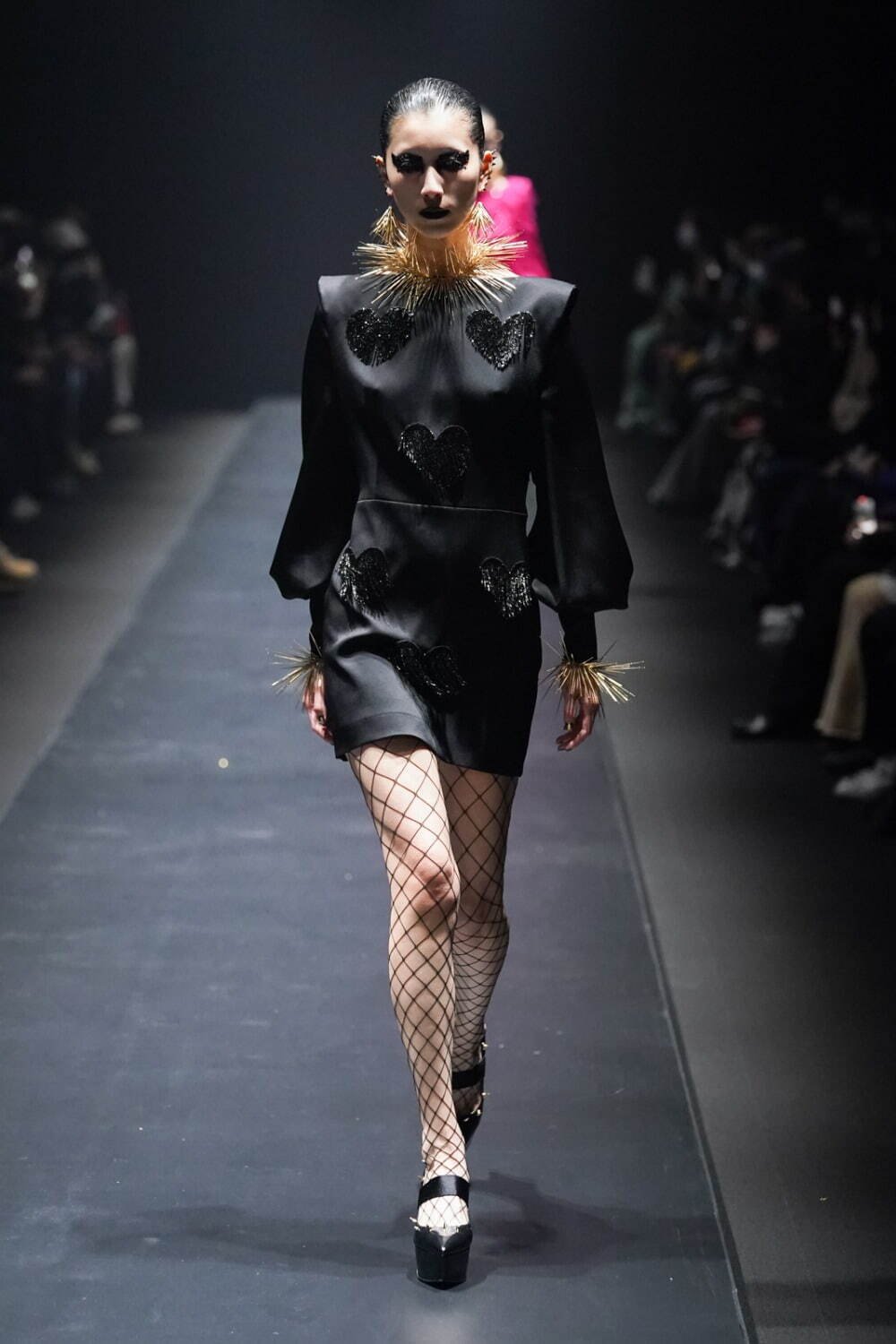

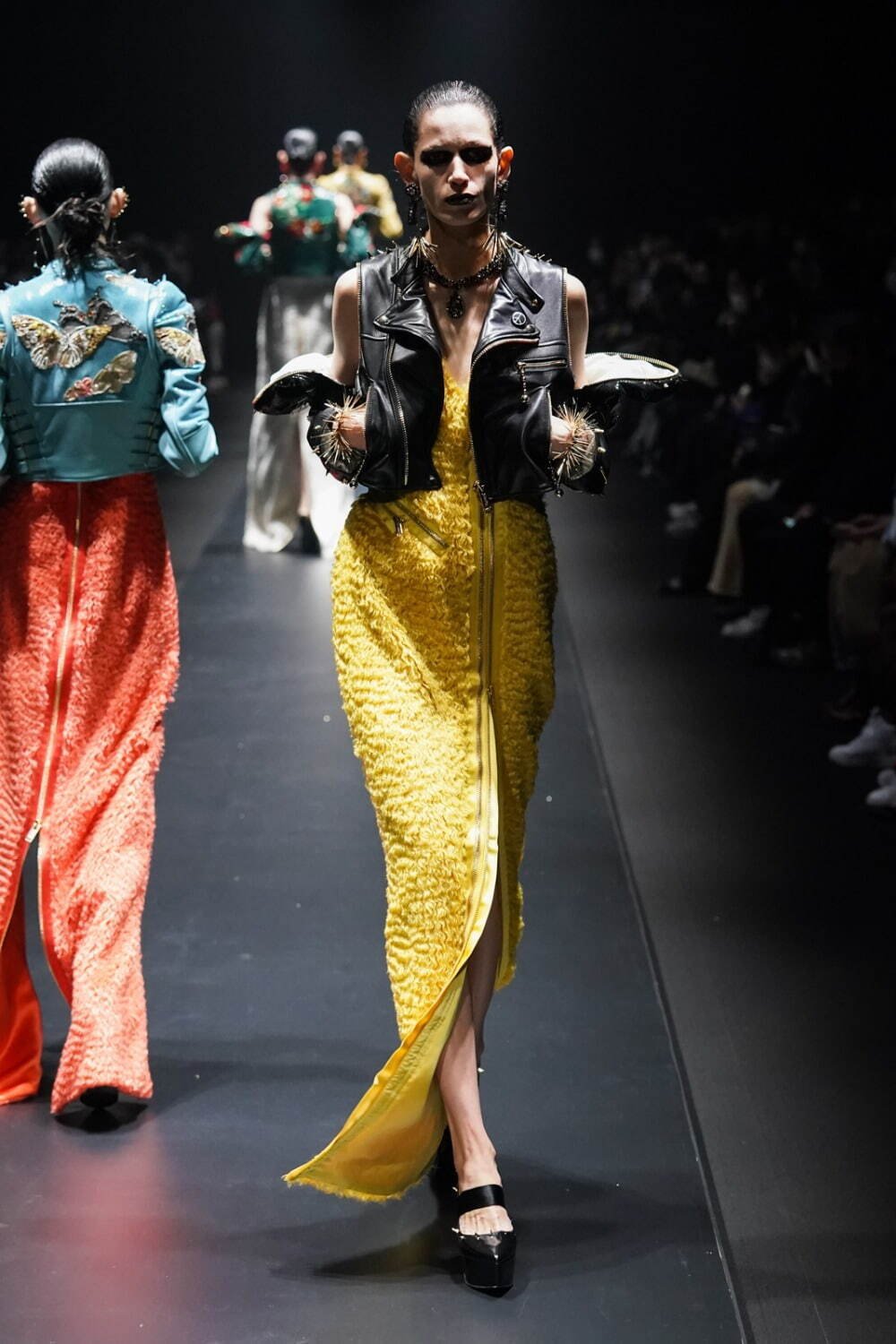
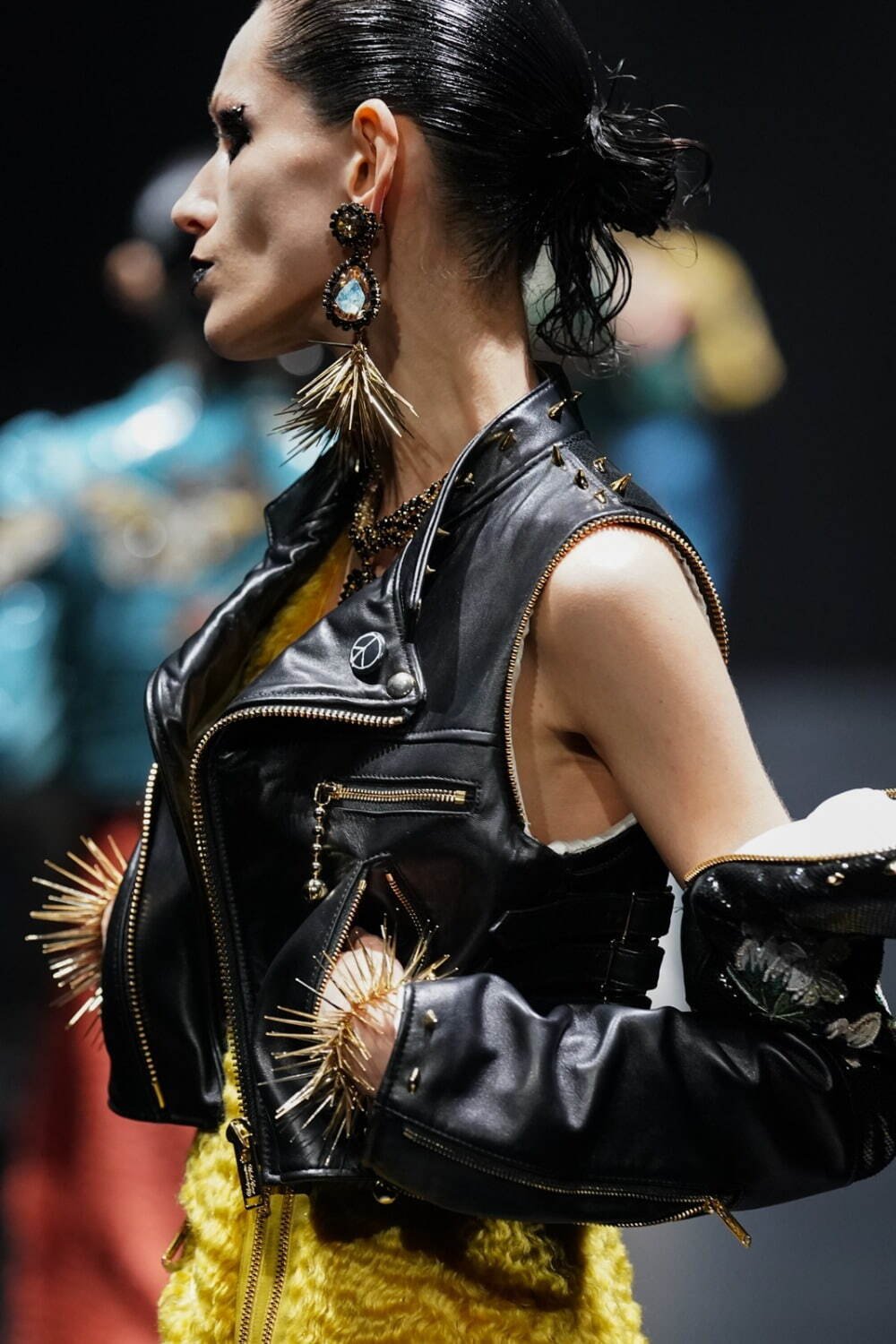
The cultural impact that this brand has on streetwear and runway fashion is considerable. Takahashi says that one of the main reasons for their success is working in collaboration with other creators. UNDERCOVER has collaborated with Uniqlo, Supreme, Nike, and artists like Thom Yorke from Radiohead, Cindy Sherman, and Hiroshi Fujiwara.
Although proud to represent the Japanese fashion scene, UNDERCOVER never explicitly based their creative direction on Japanese culture [except for his show “Fallen Man” in 2020 which was inspired by a Kurosawa movie, with an exceptional dance performance], but instead Takahashi transforms his vision of the West and its grungy, underground subcultures into his own aesthetic.
Today, UNDERCOVER is a prominent figure in the fashion industry, but it still comes out with novelty, revolution, and, as long as Jun Takahashi remains Jonio in spirit and continues to redefine the rules of fashion, the brand's punk legacy will carry on through their future projects.
About the Author:
Mizuki Khoury
Born in Montreal, based in Tokyo. Sabukaru’s senior writer and works as an artist under Exit Number Five.


